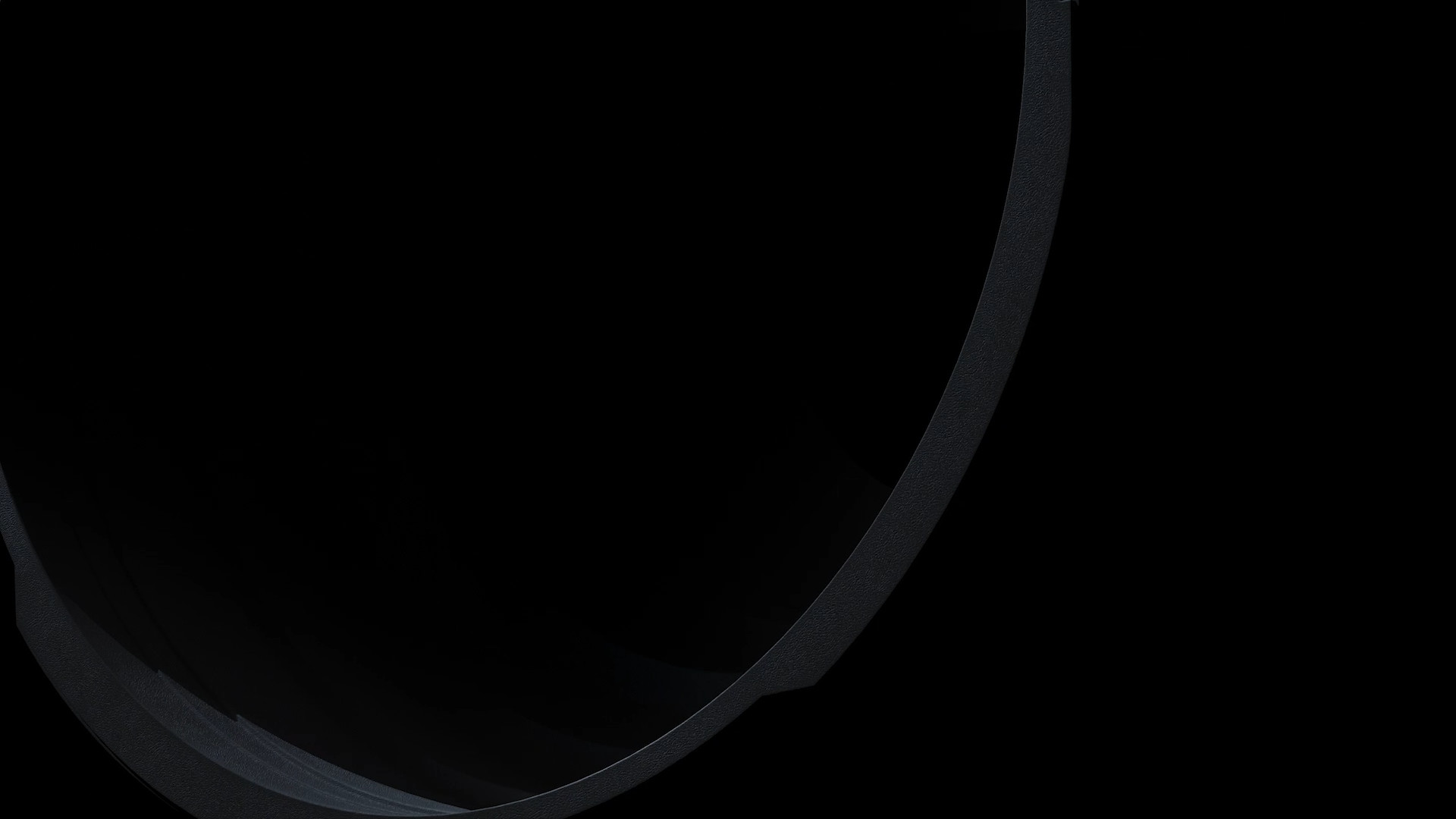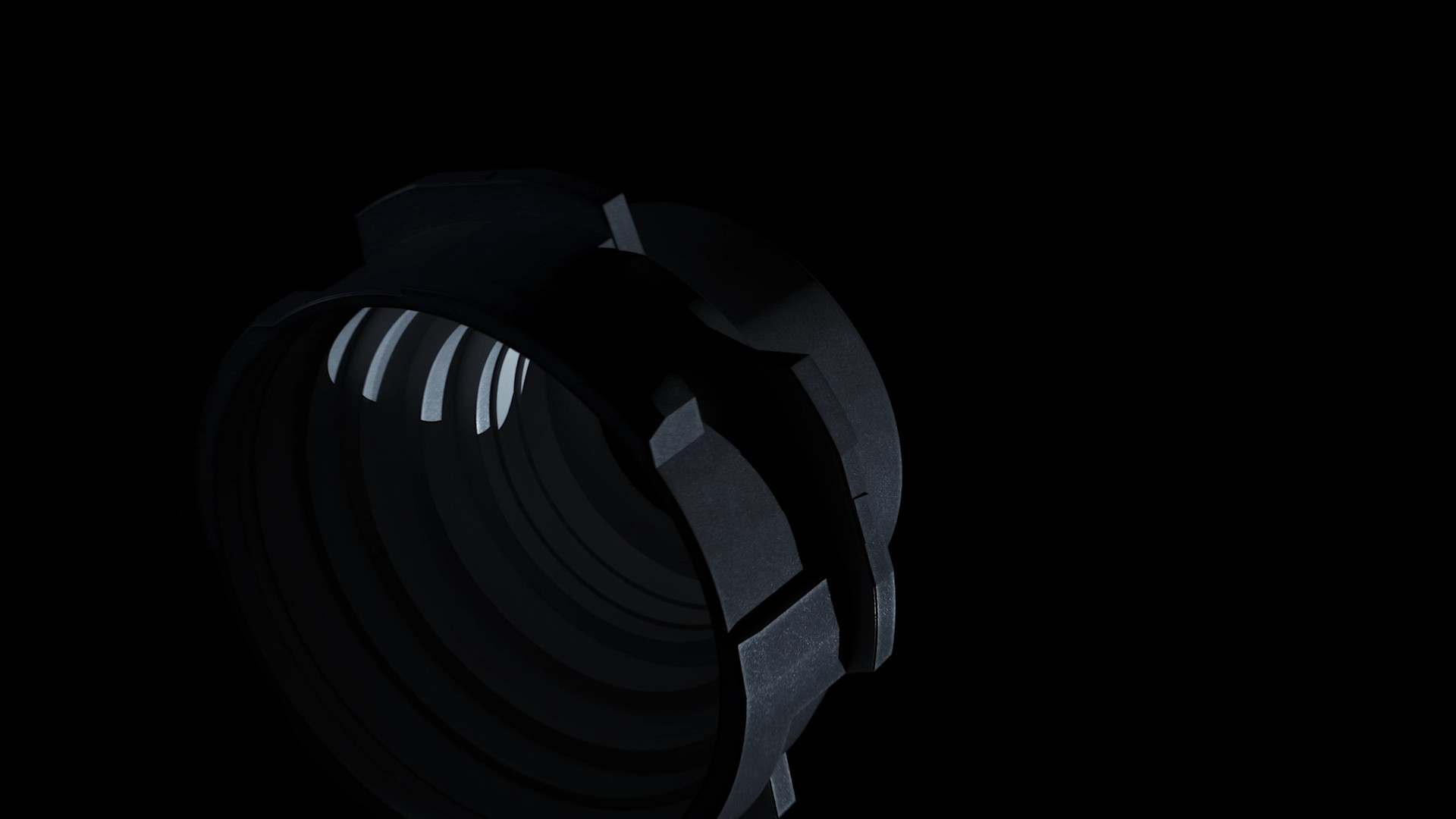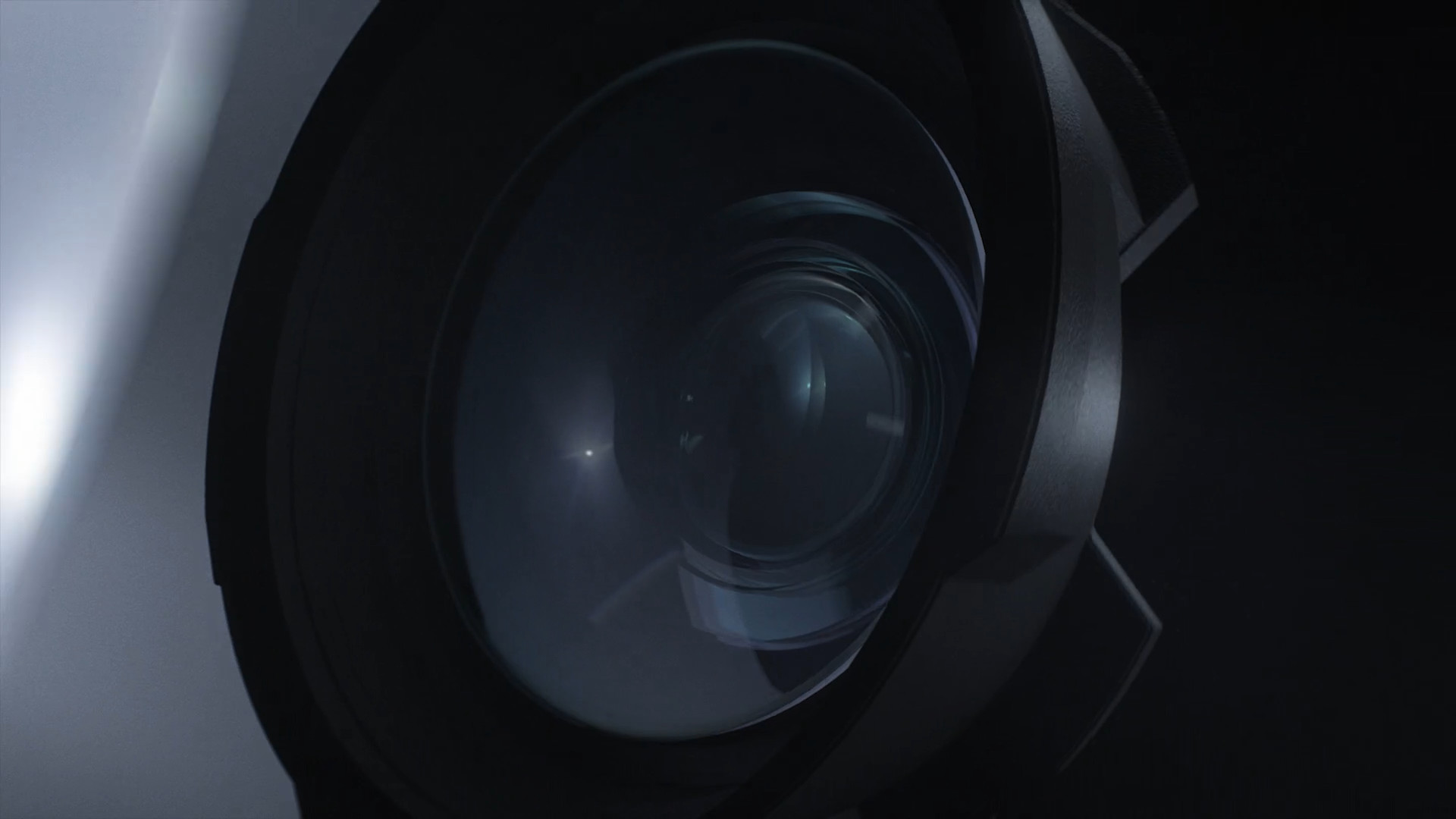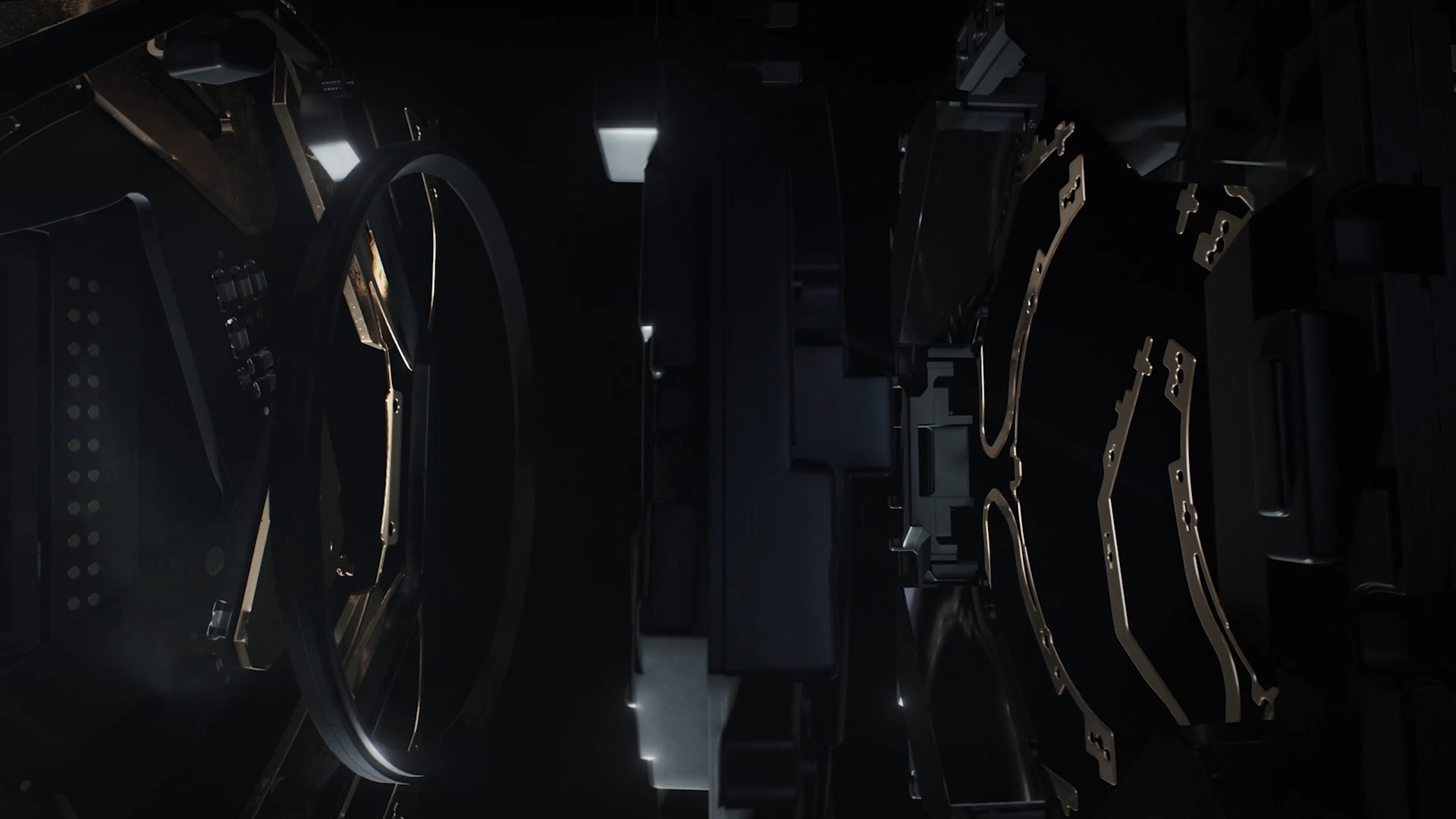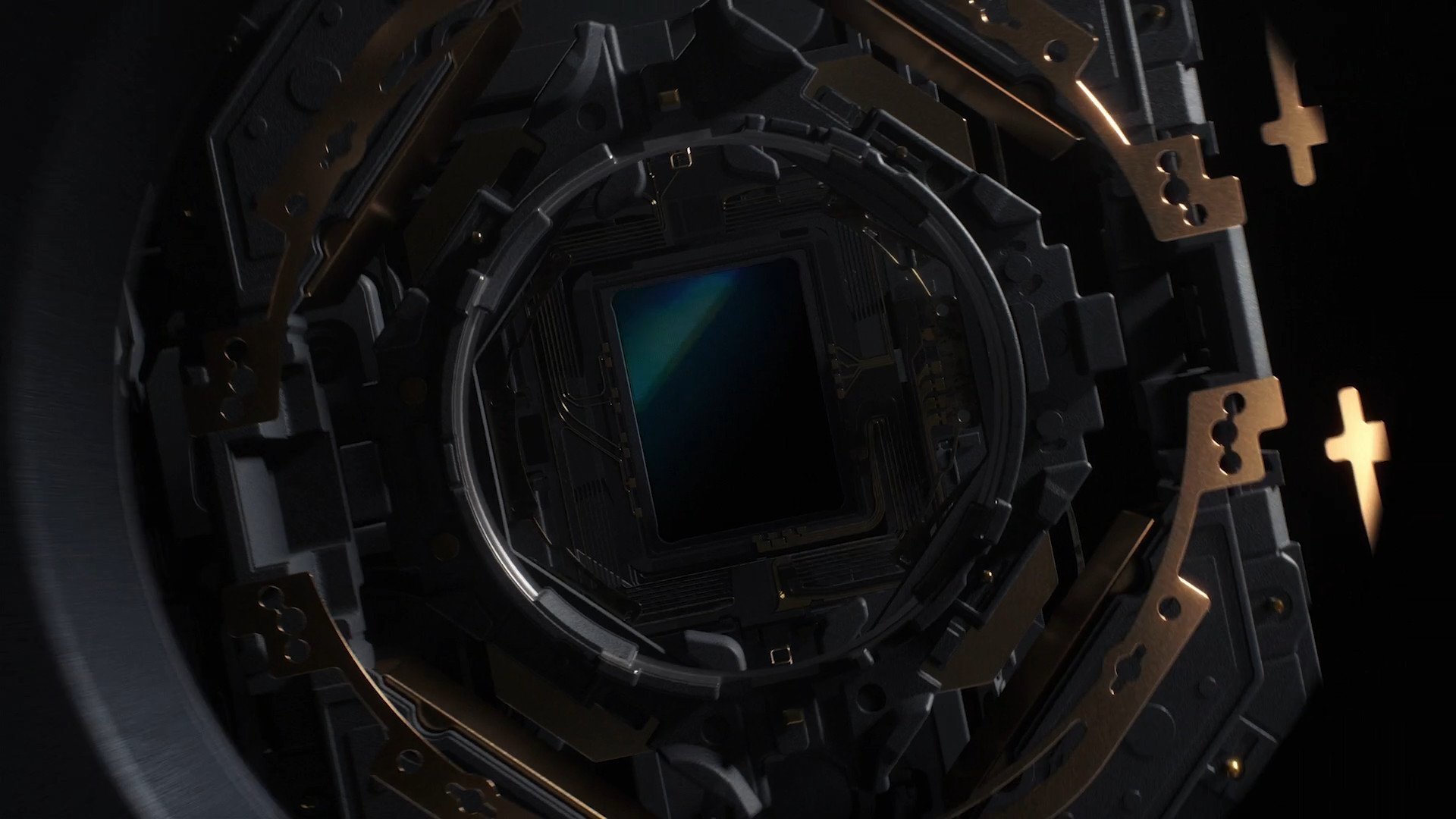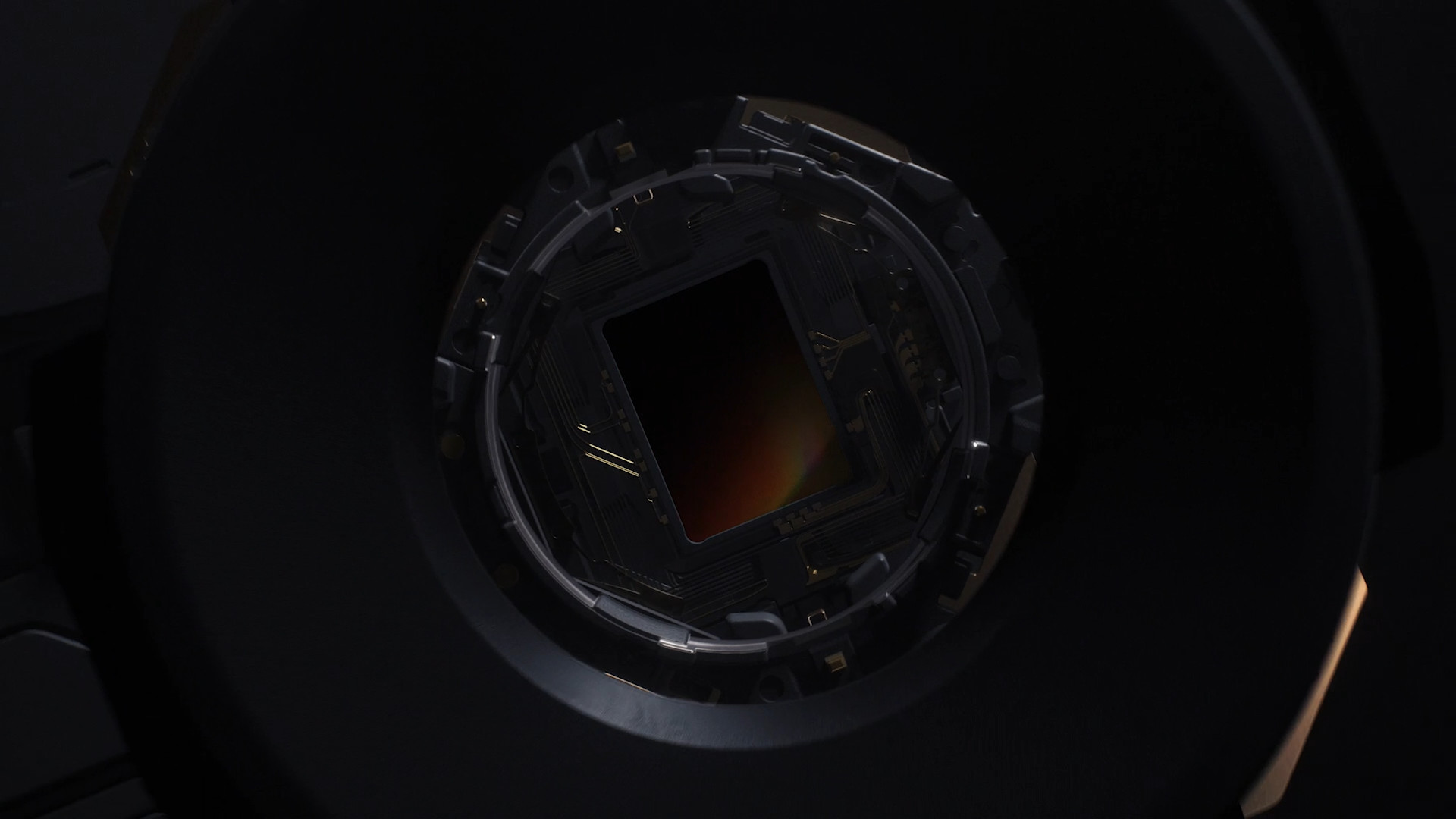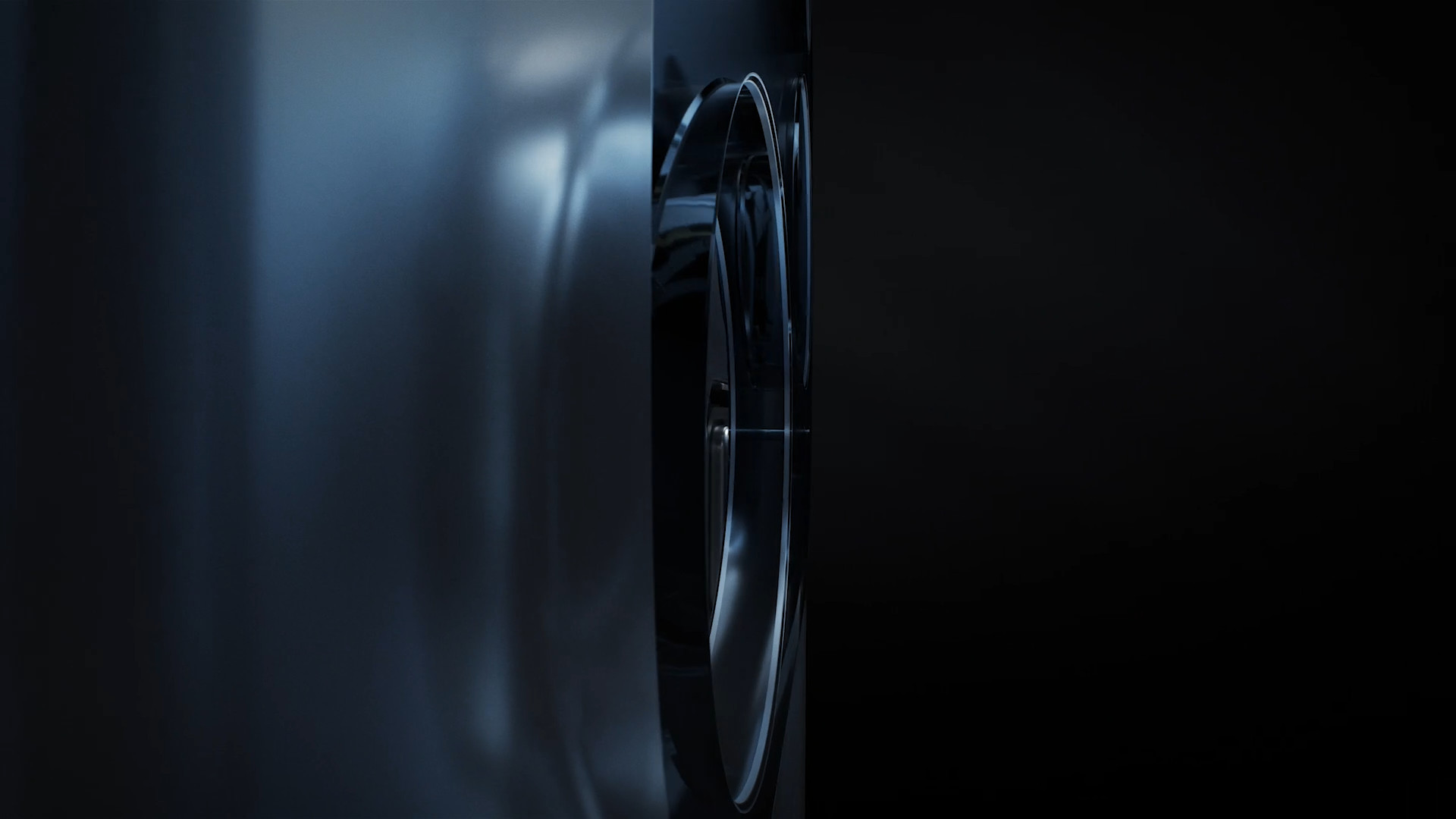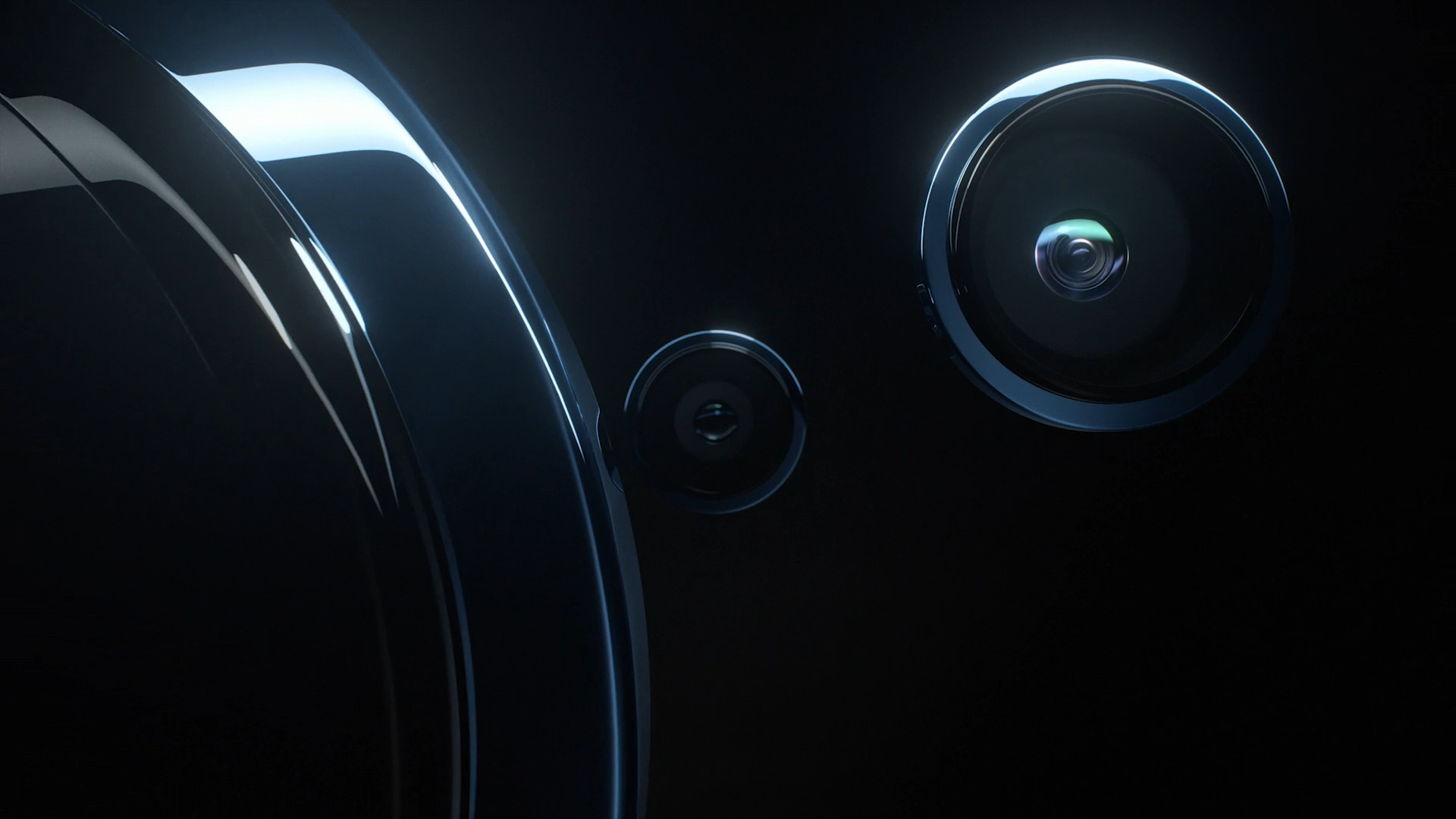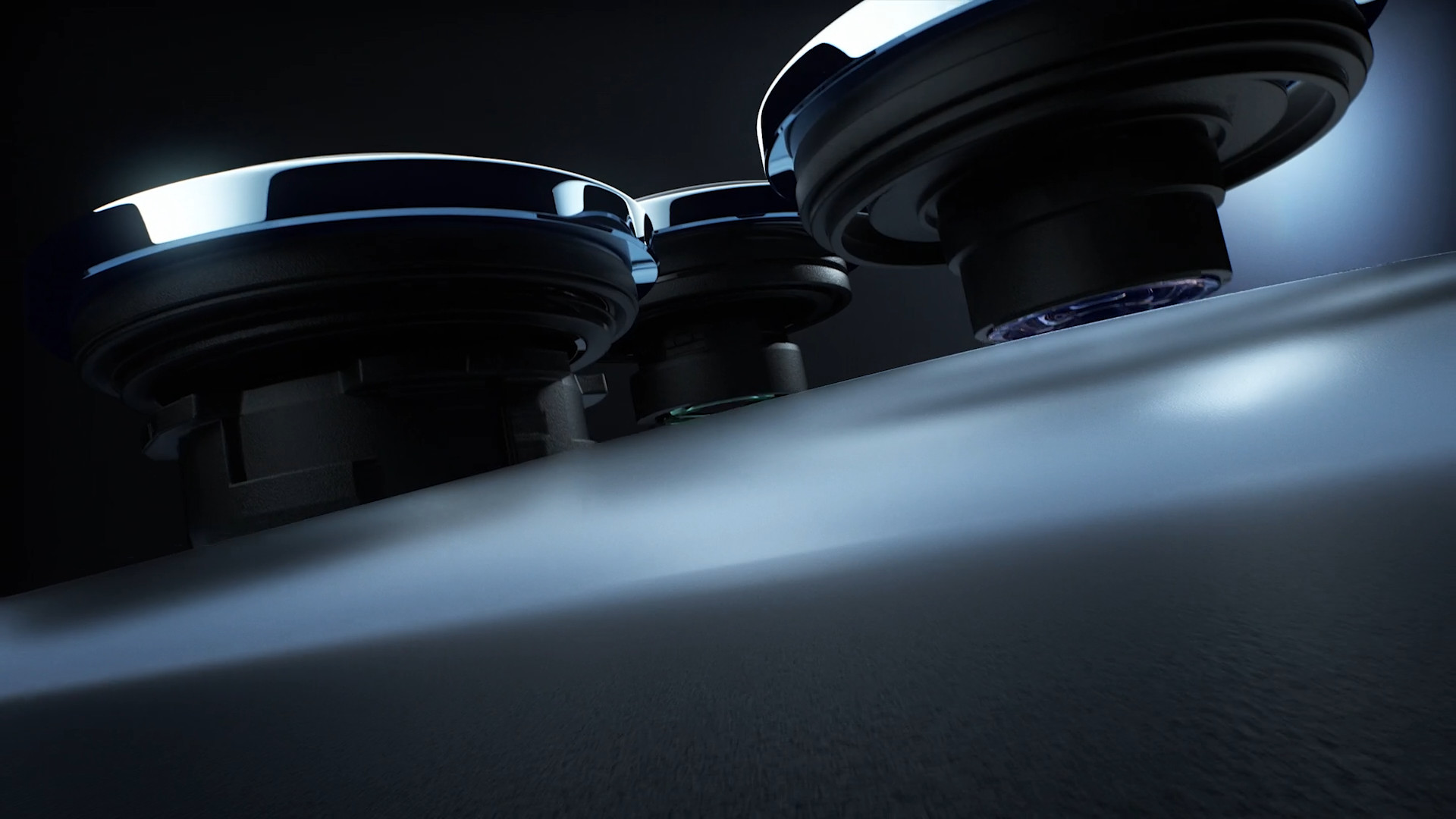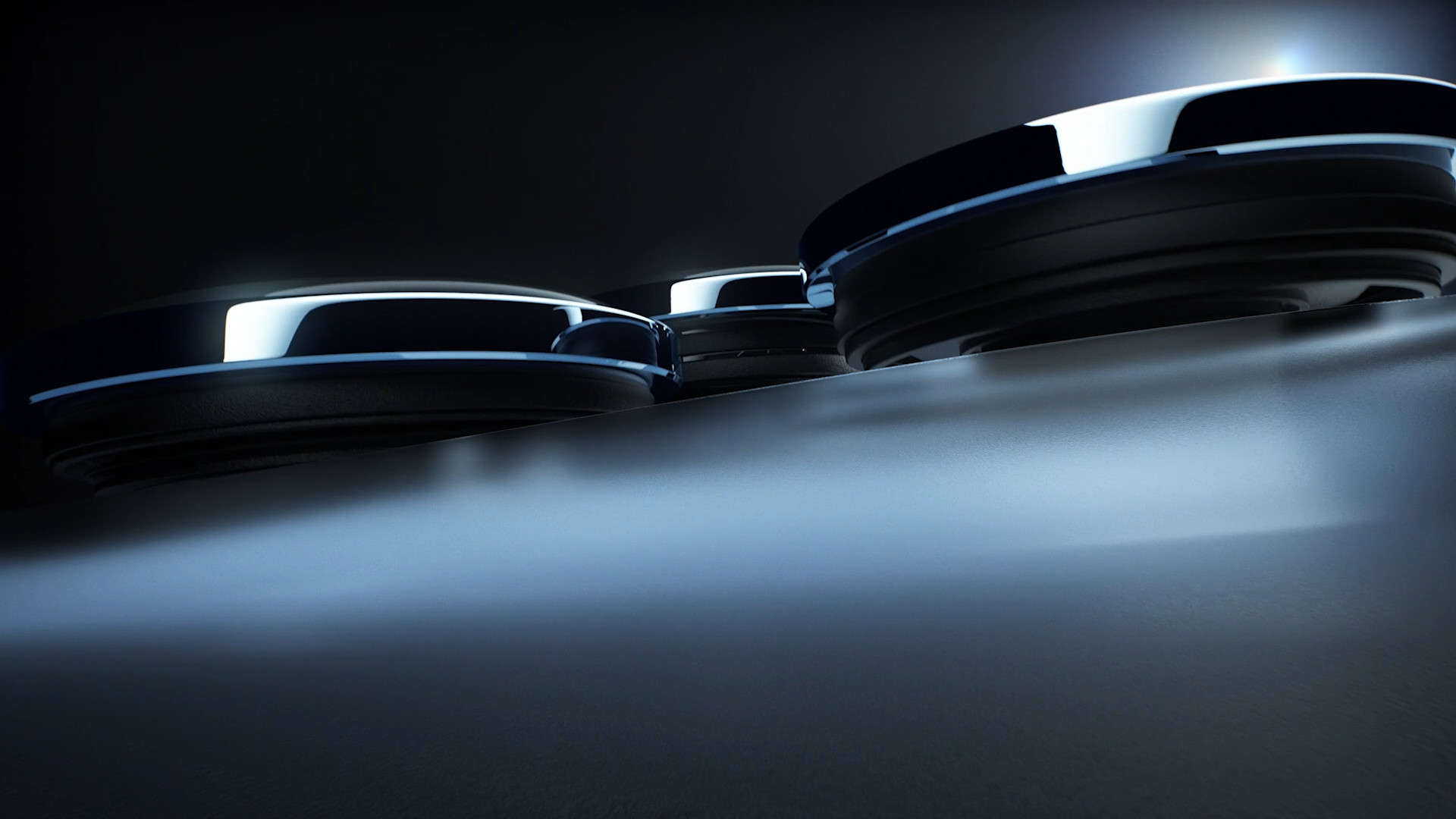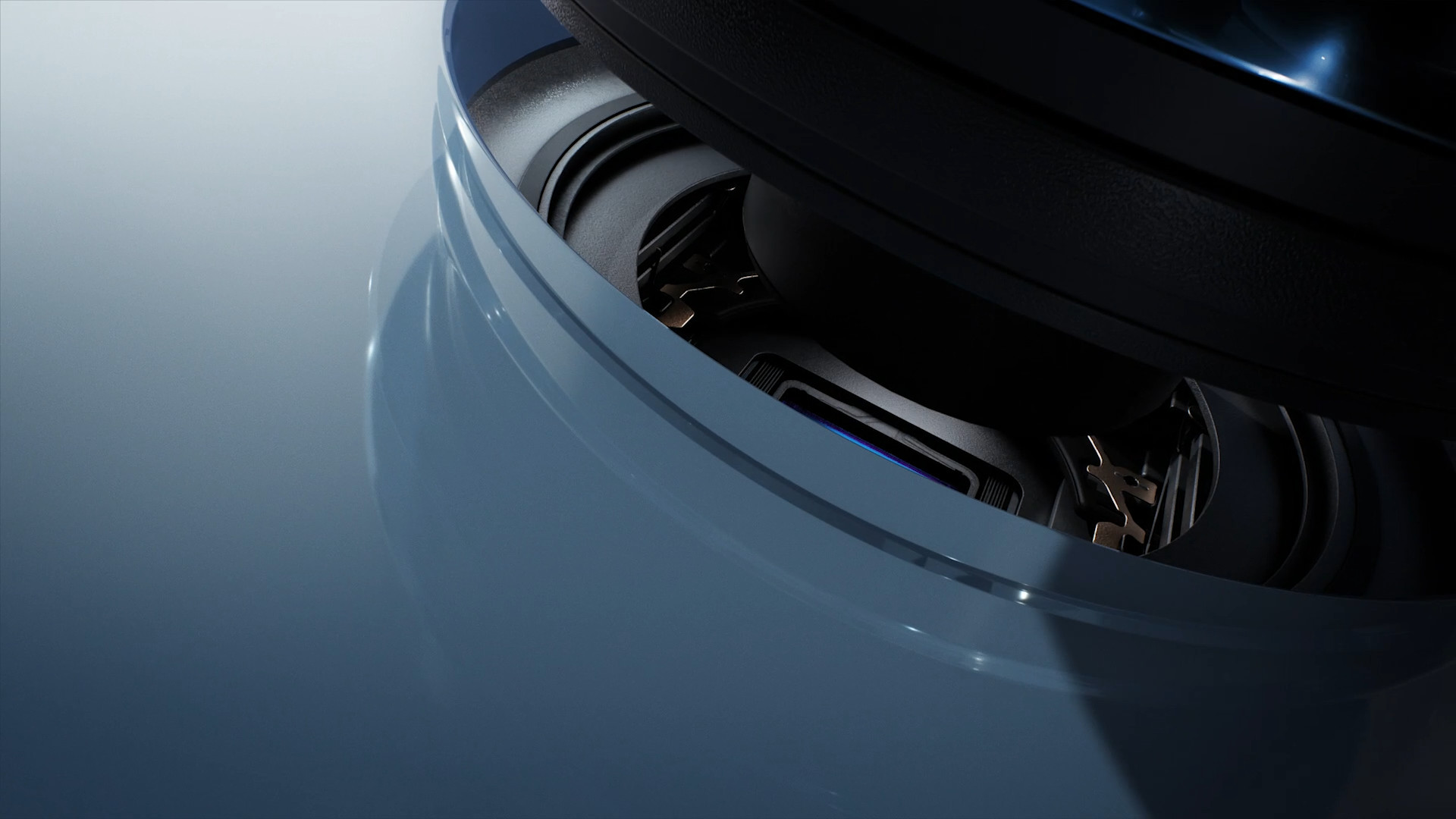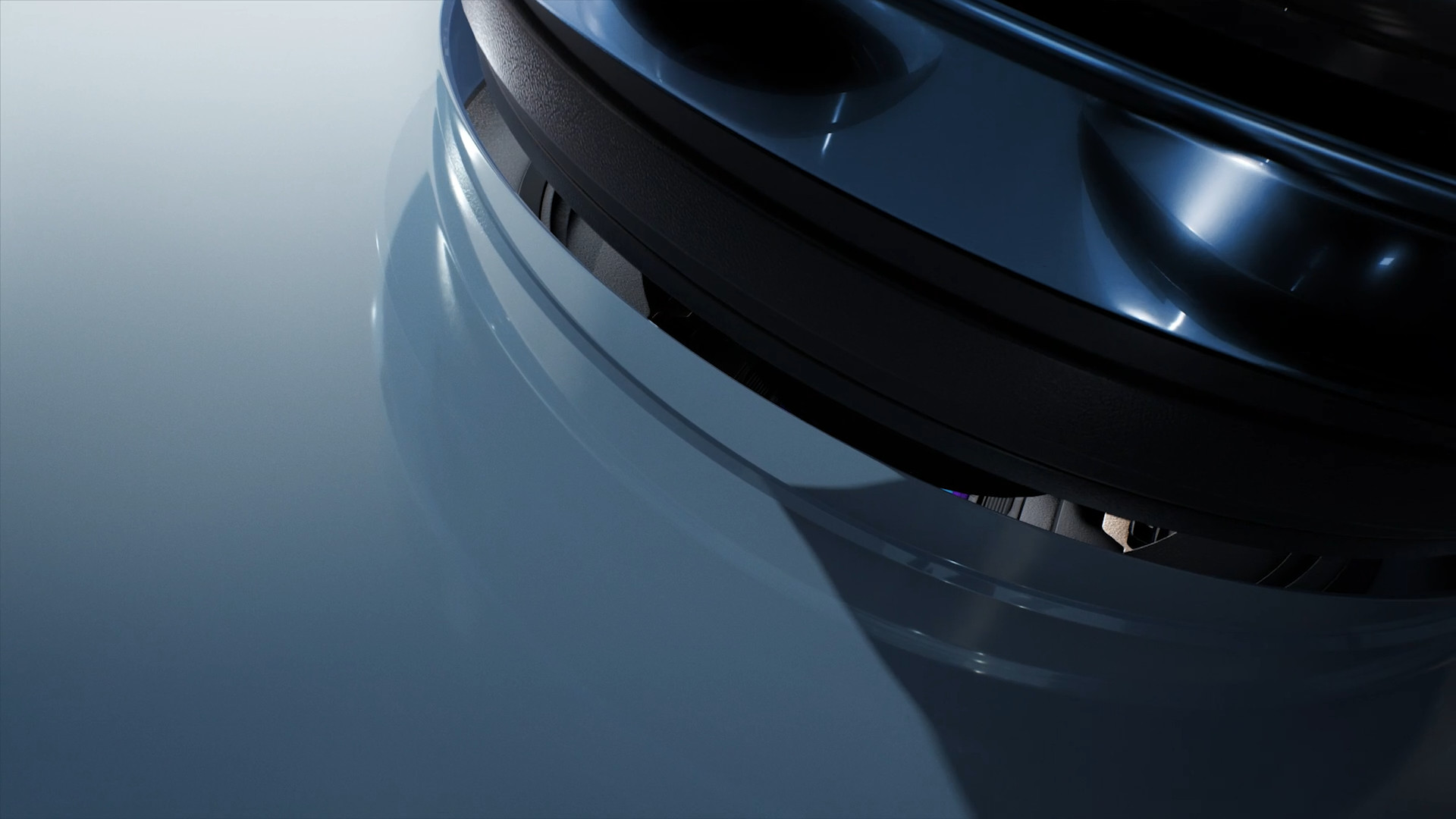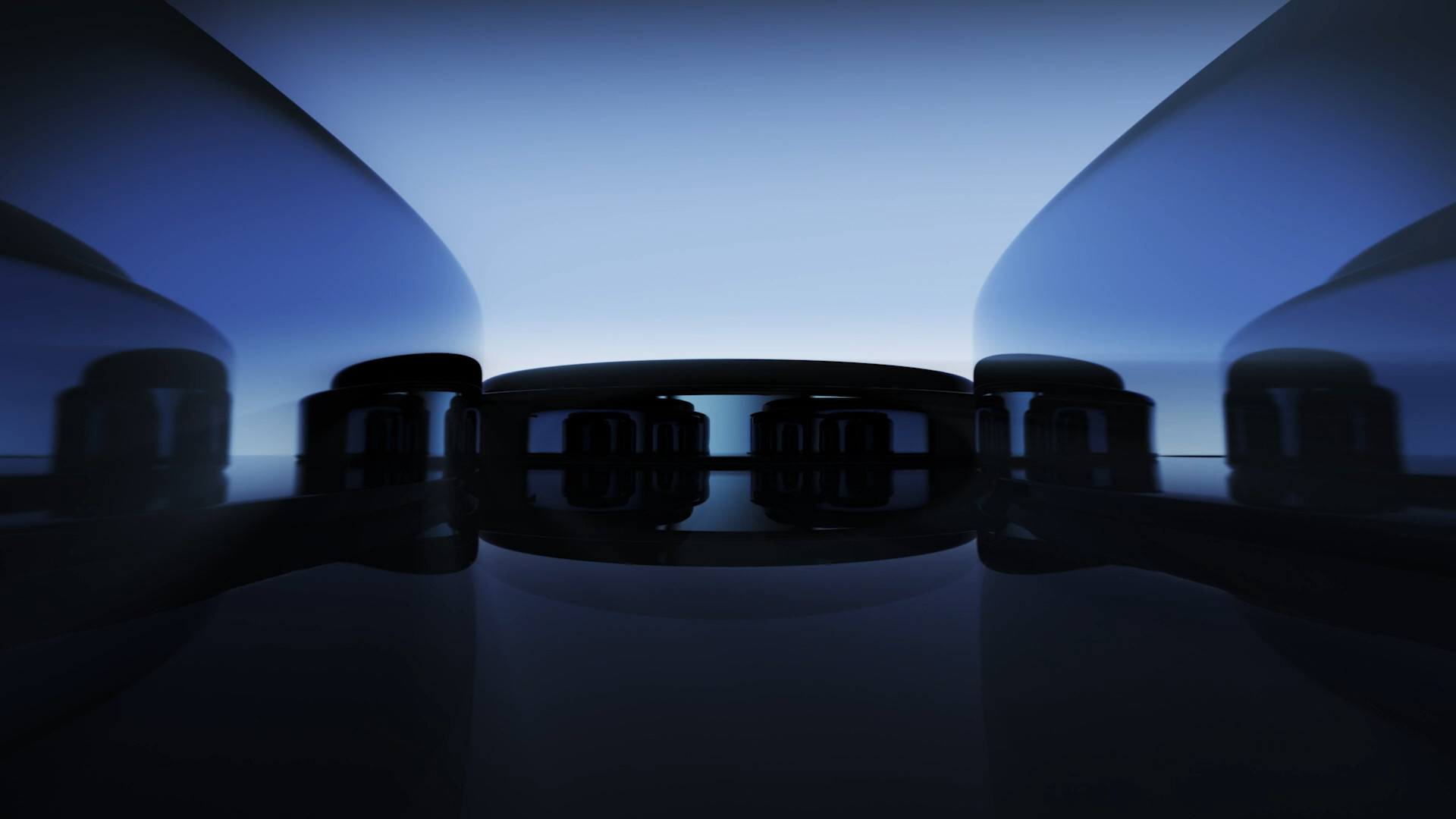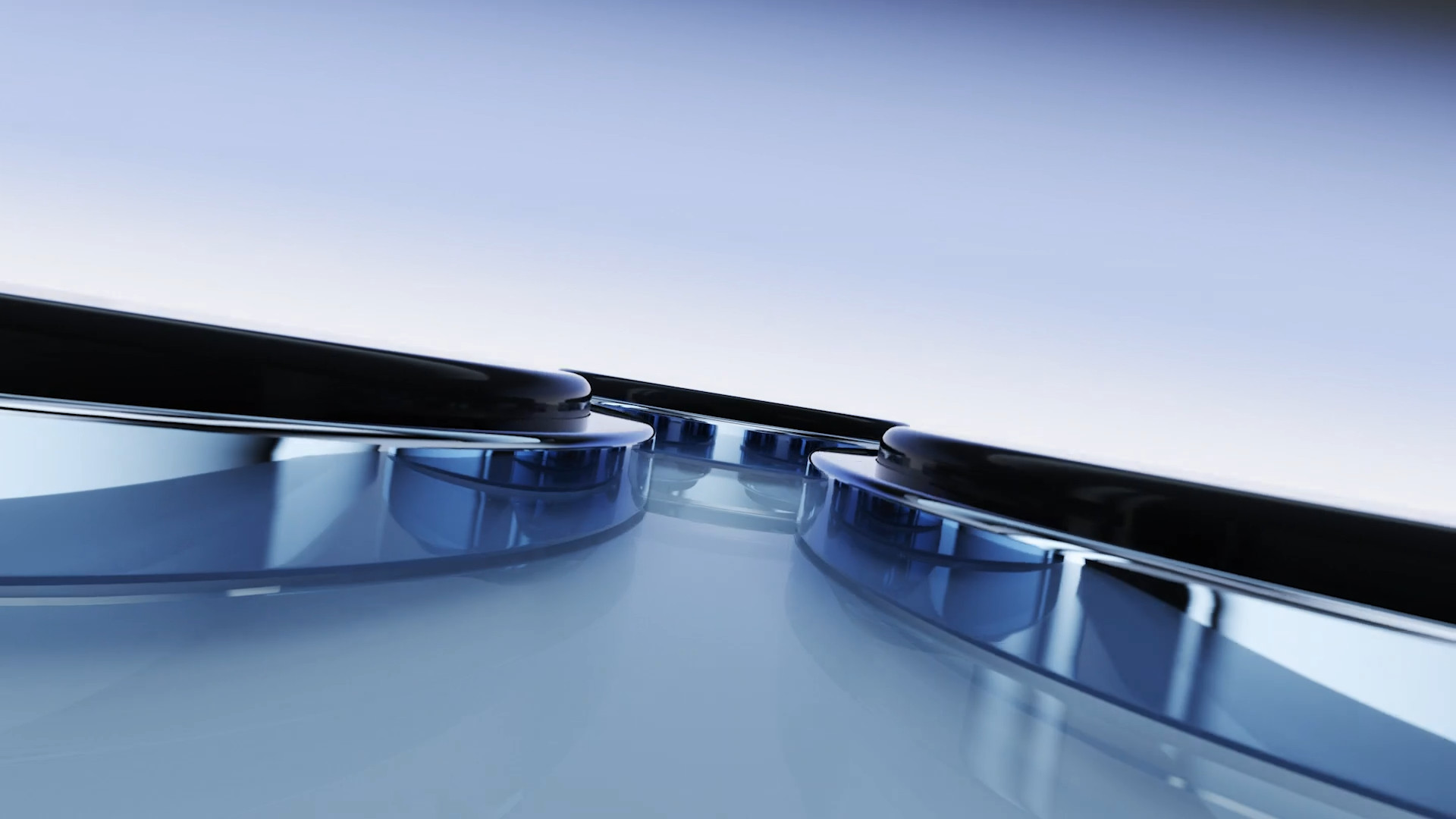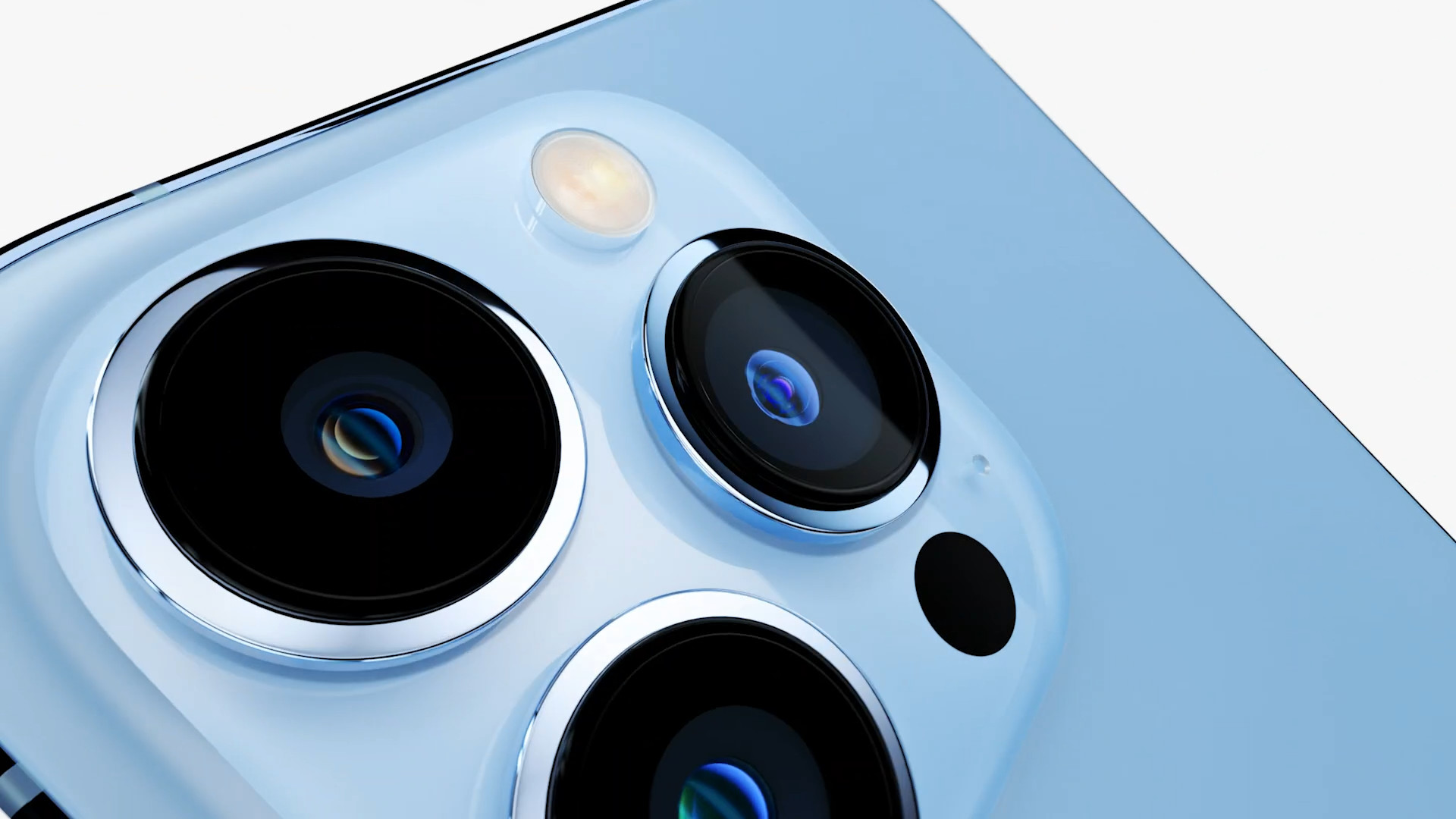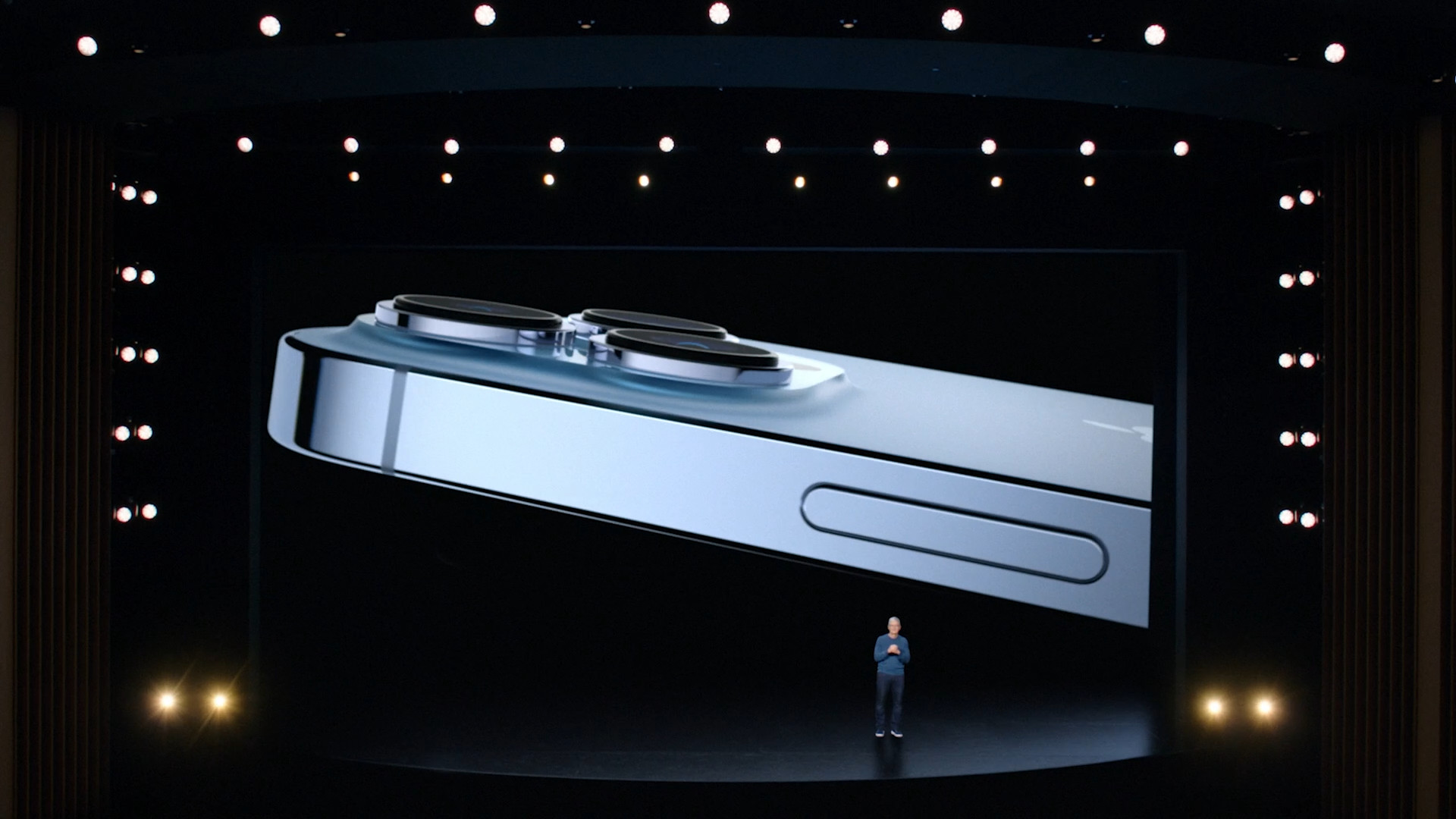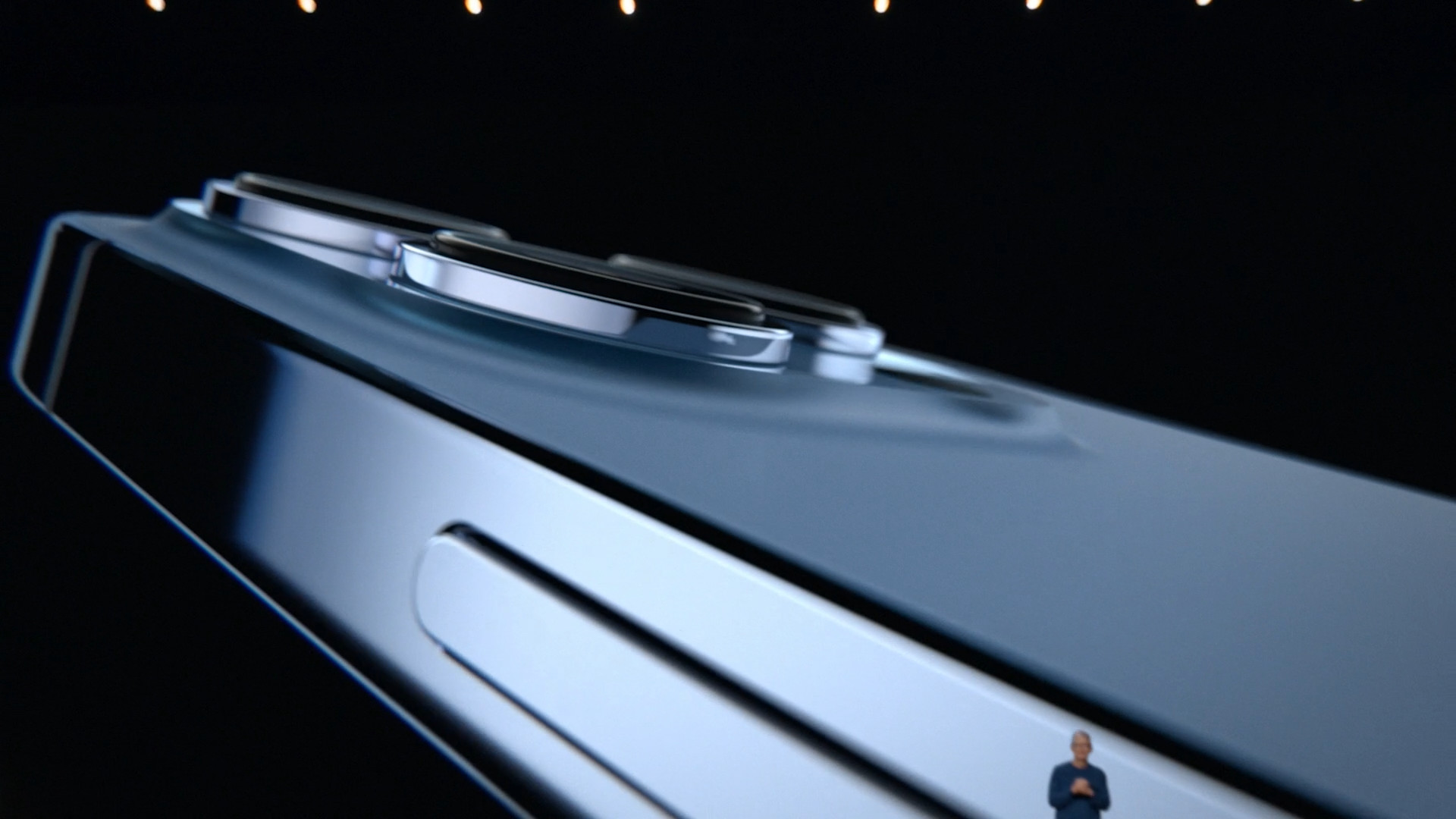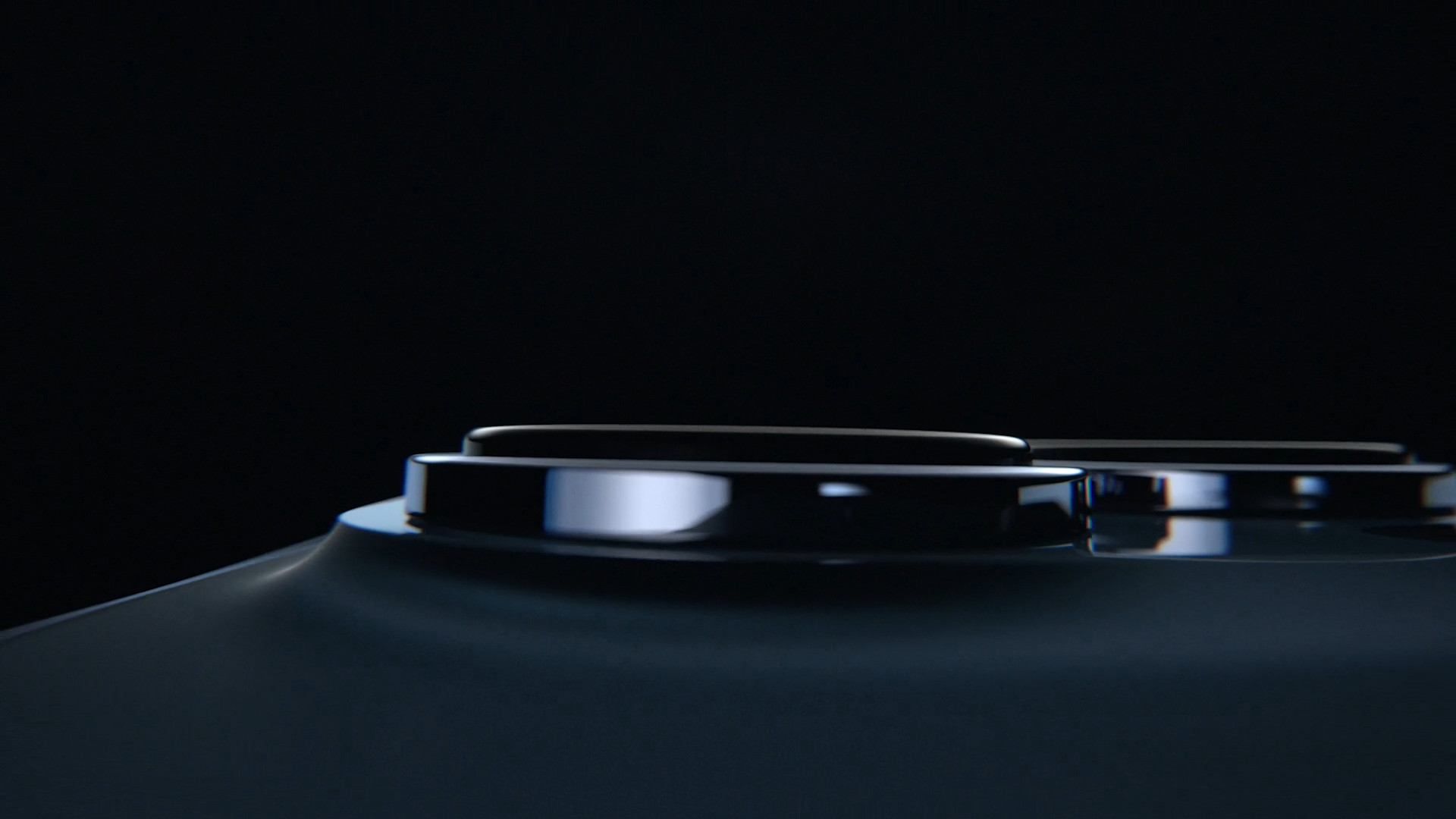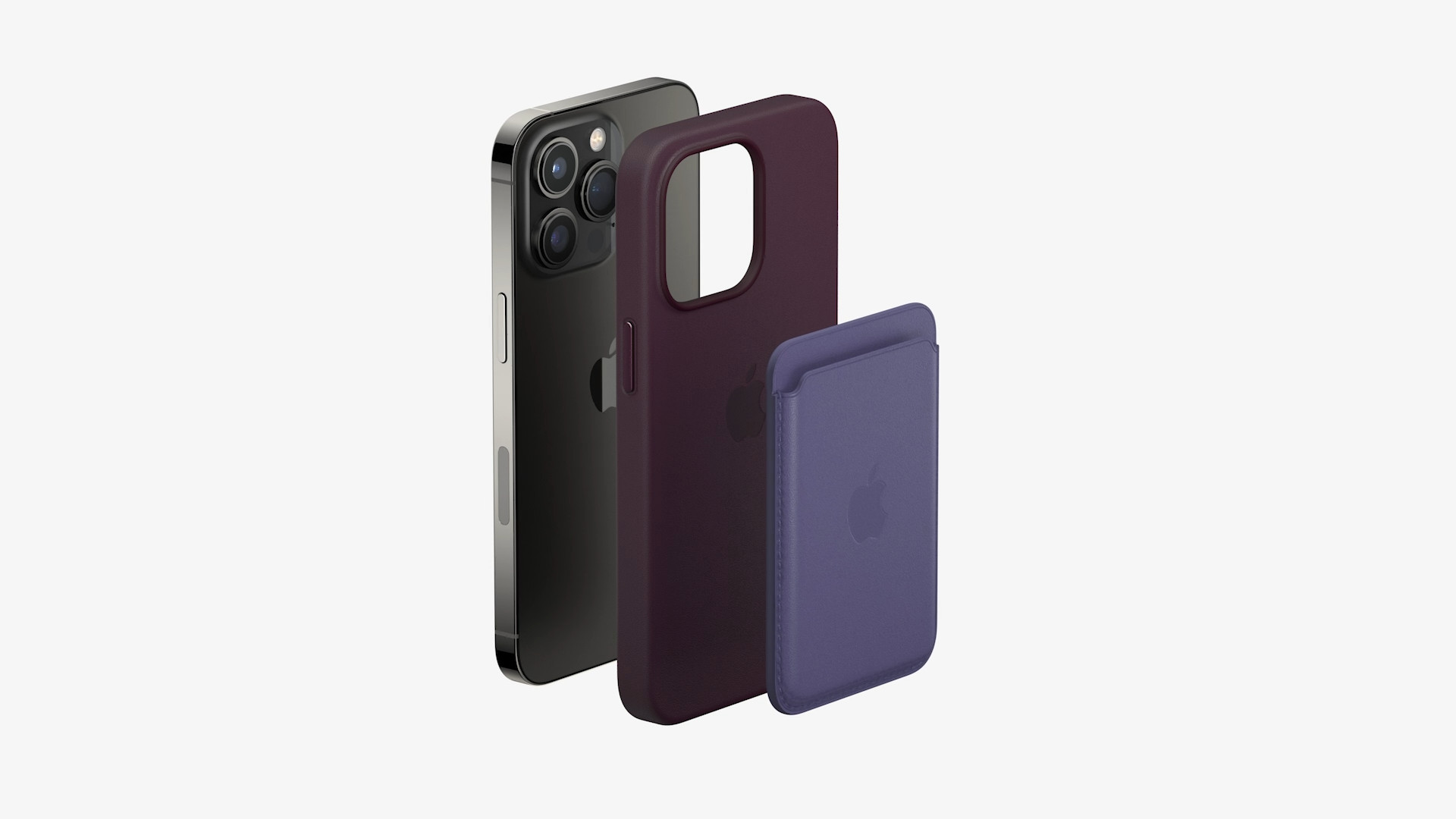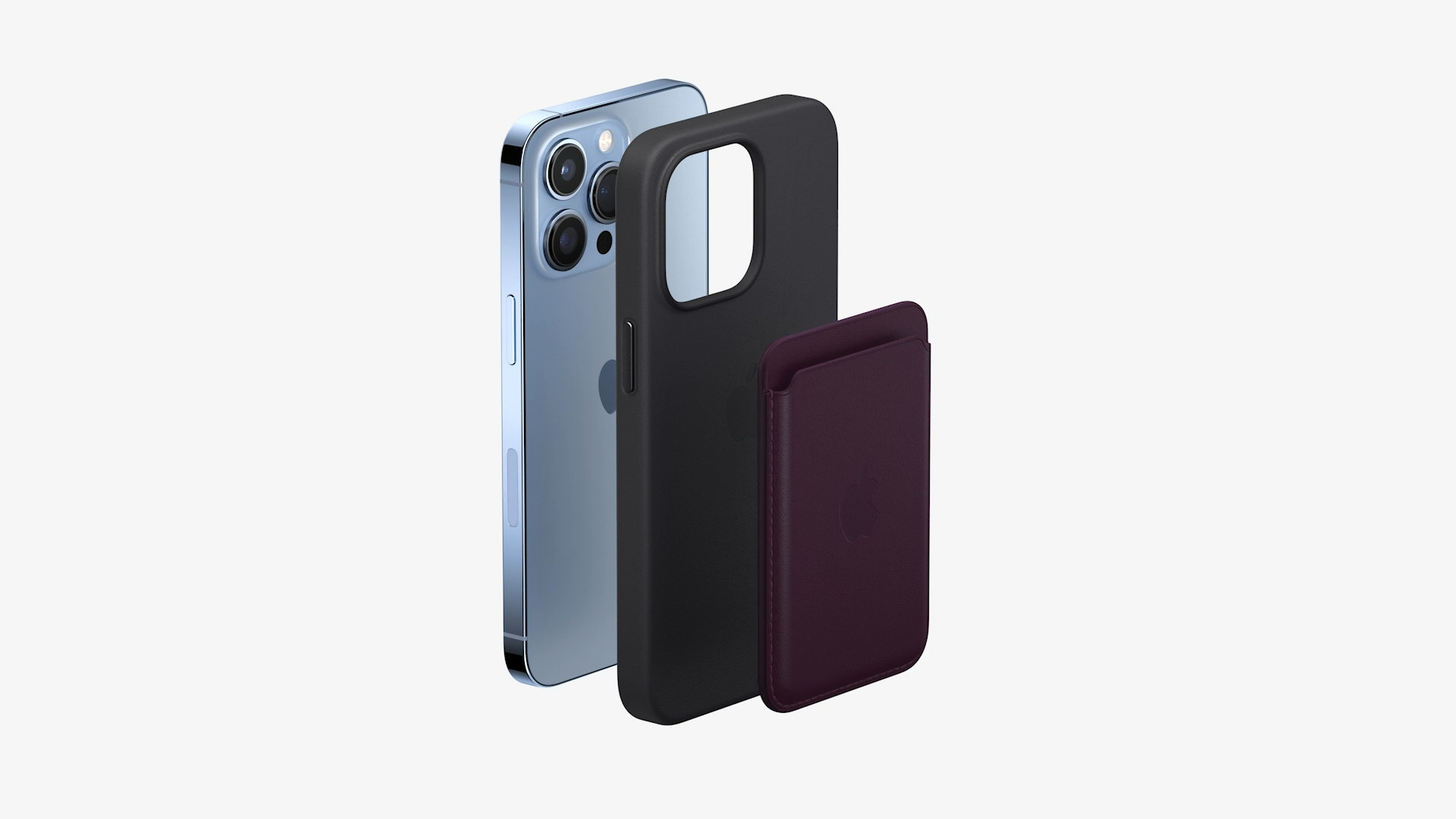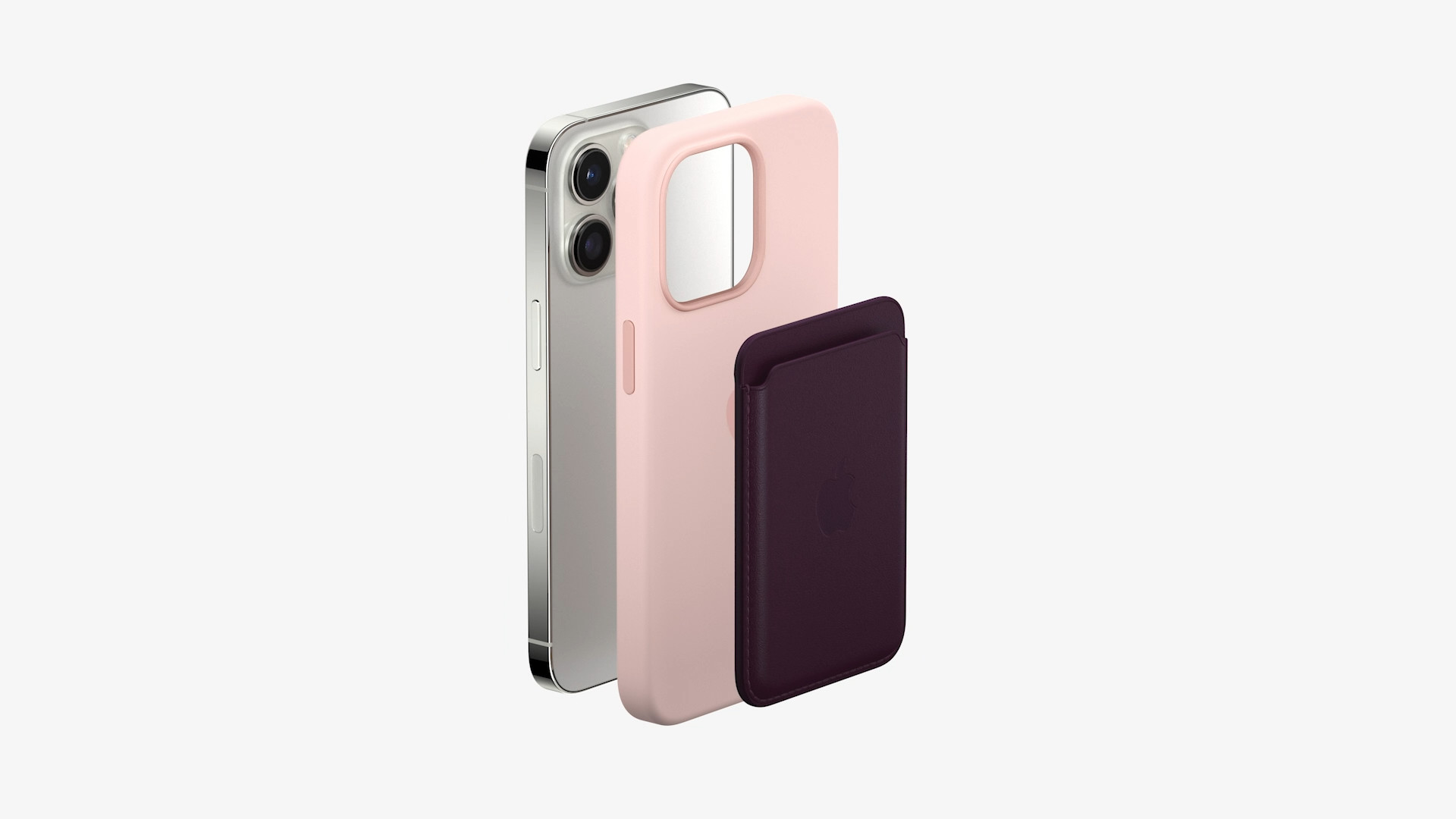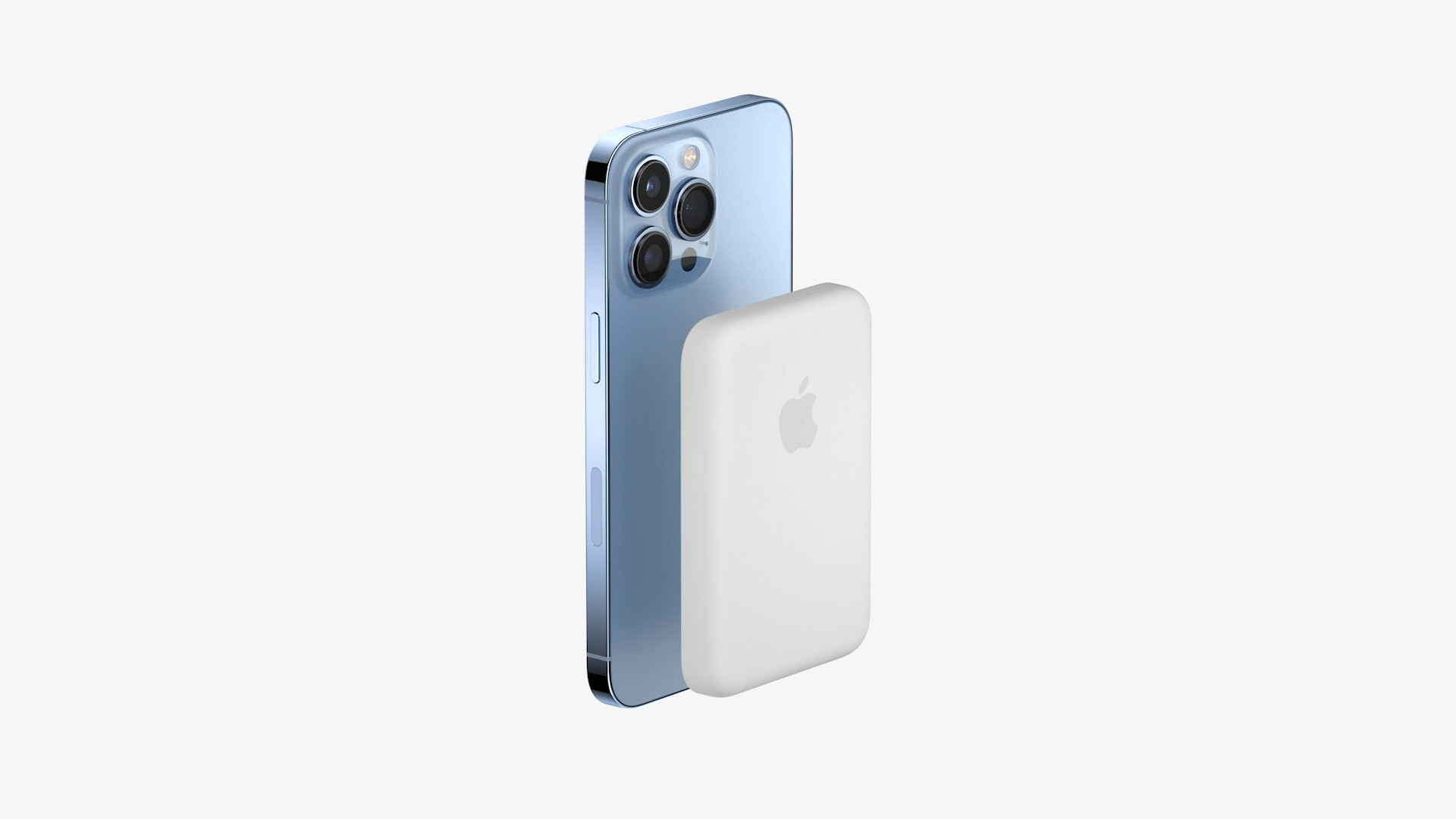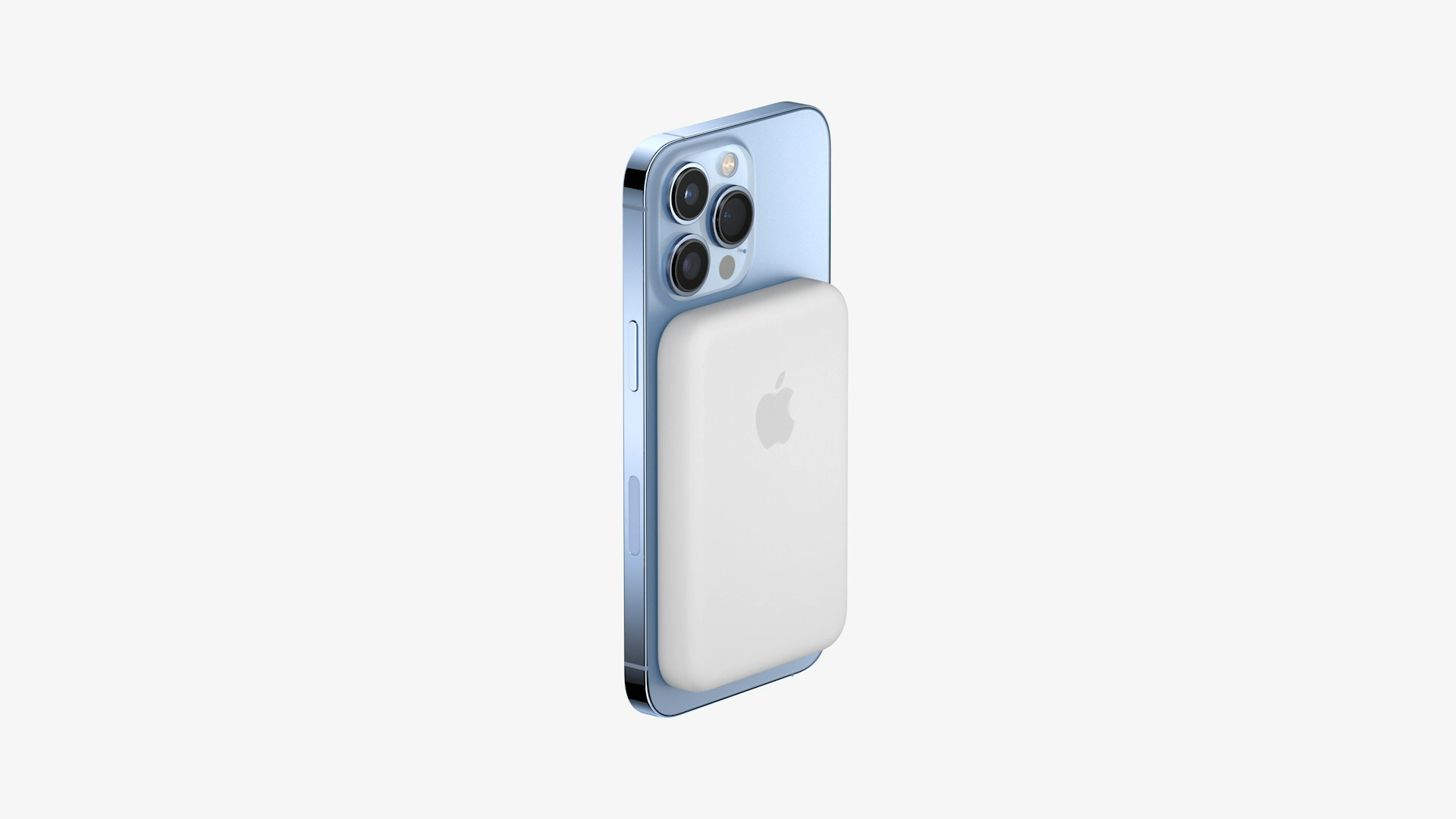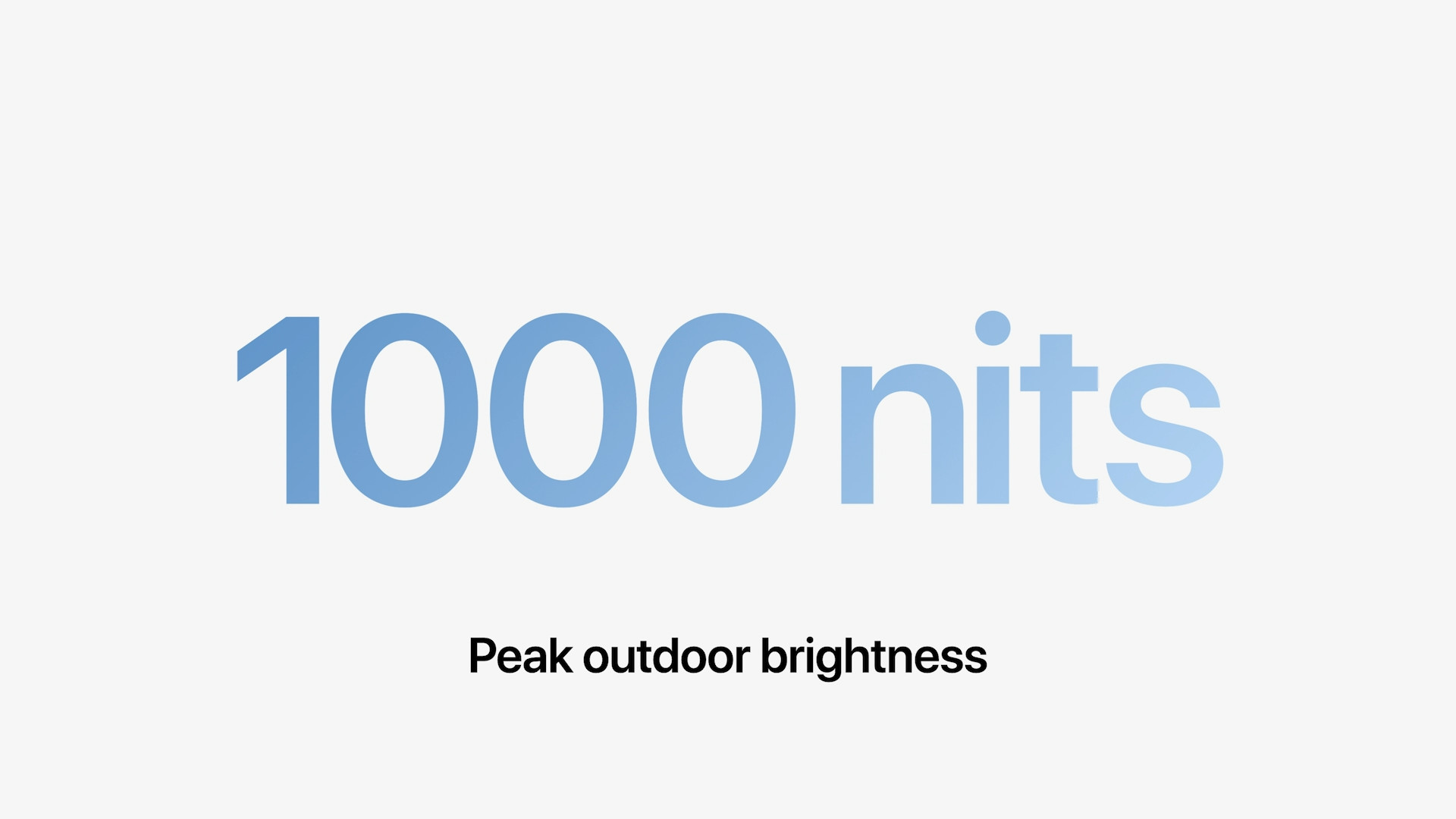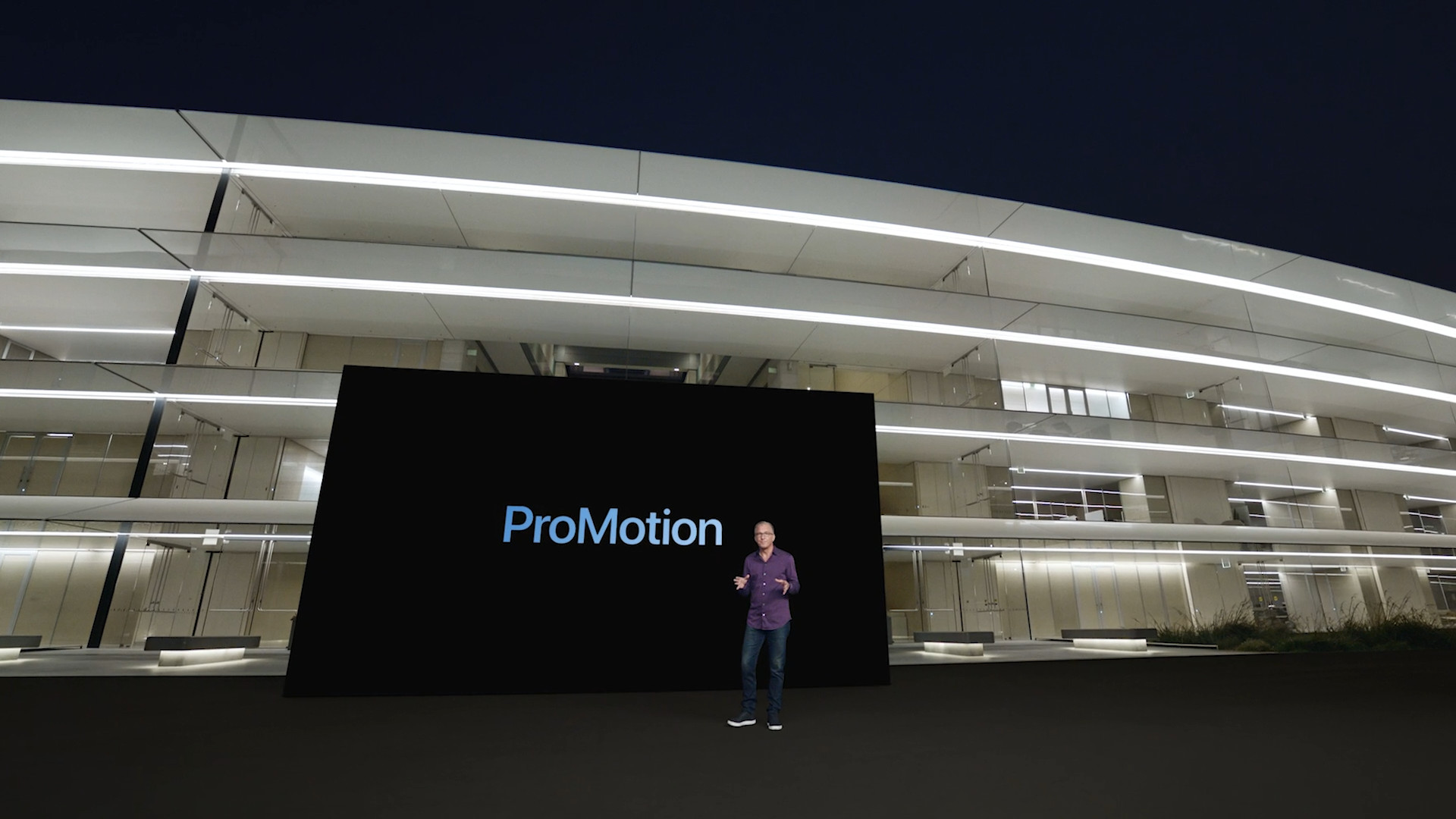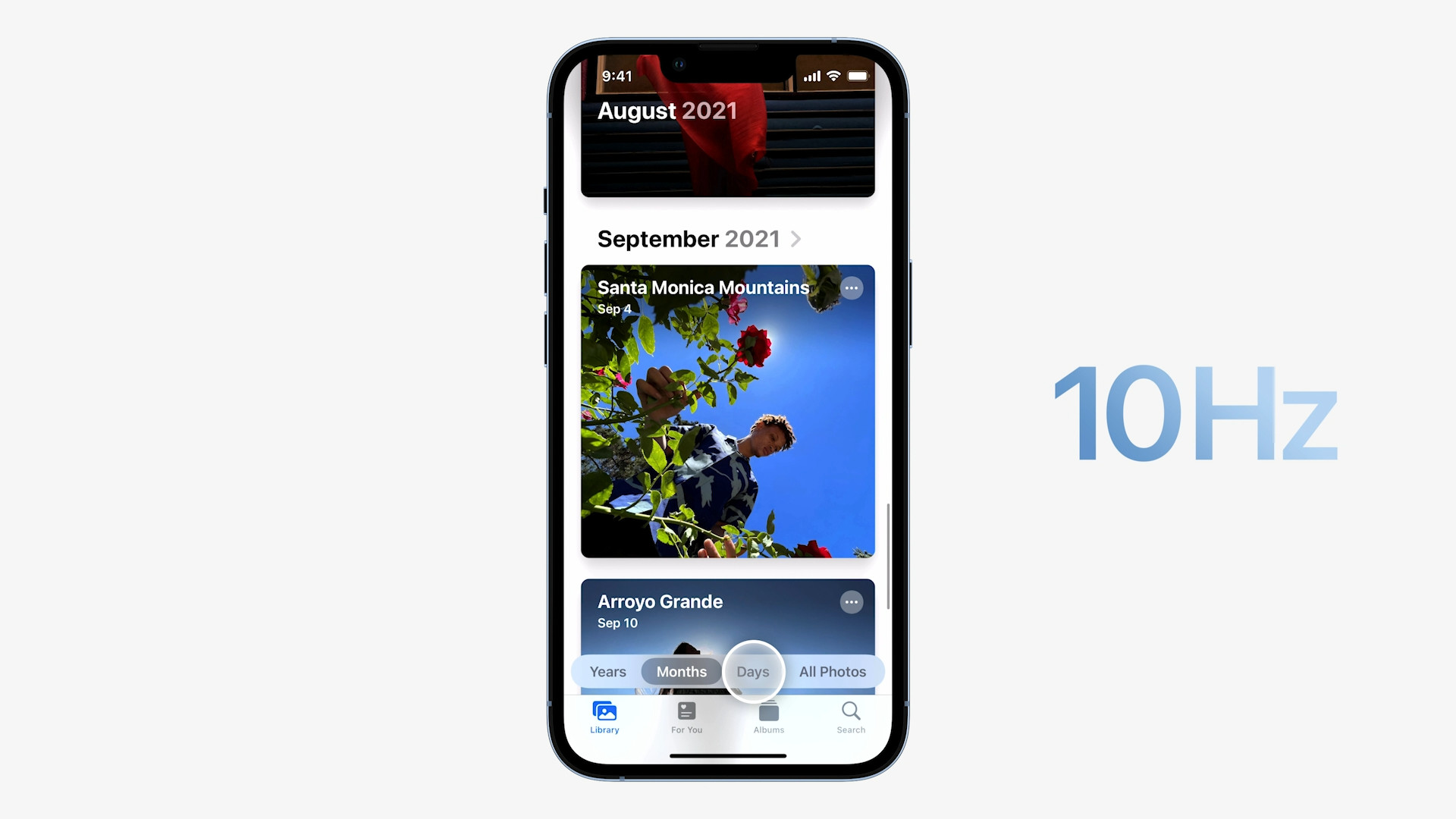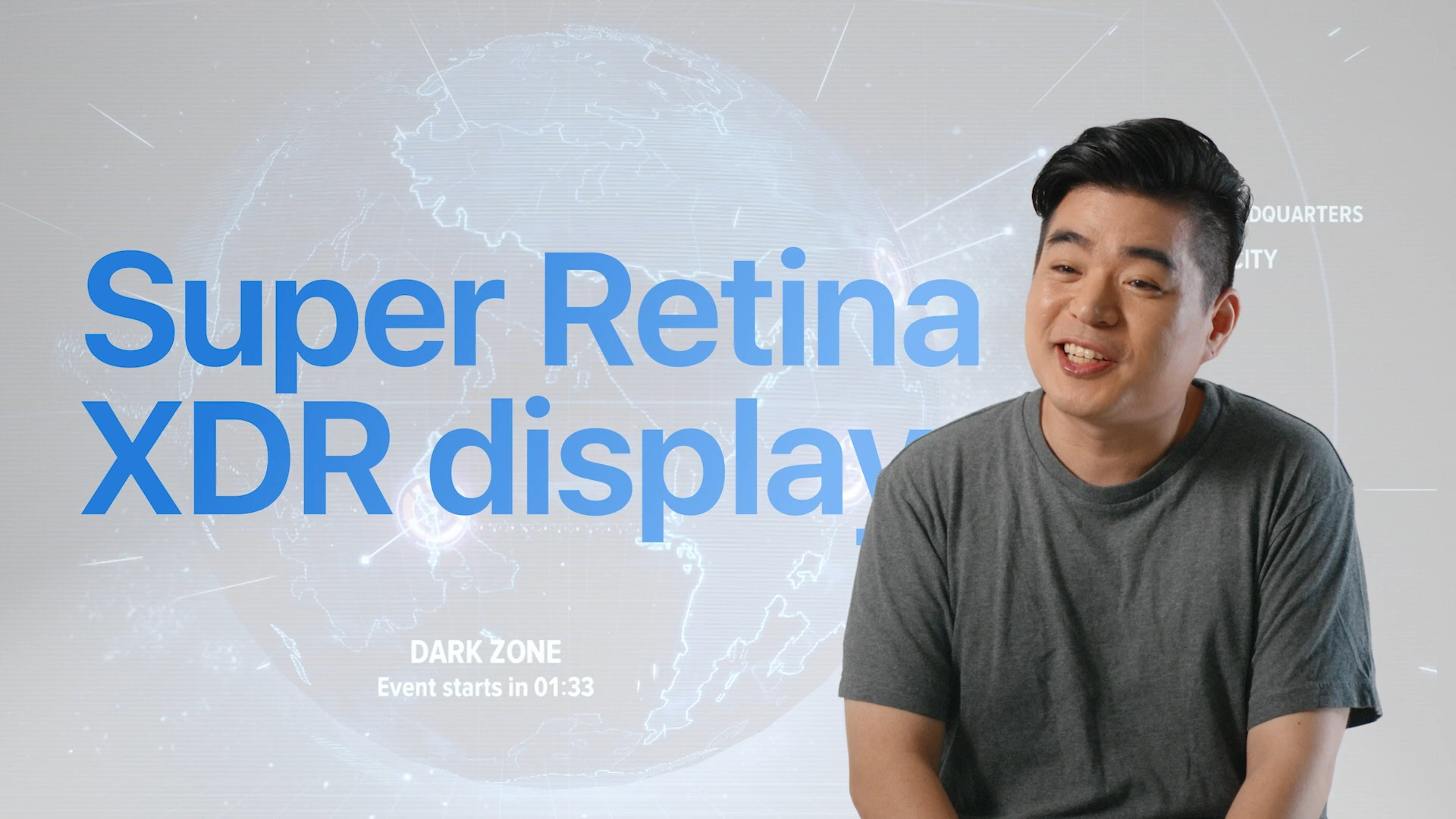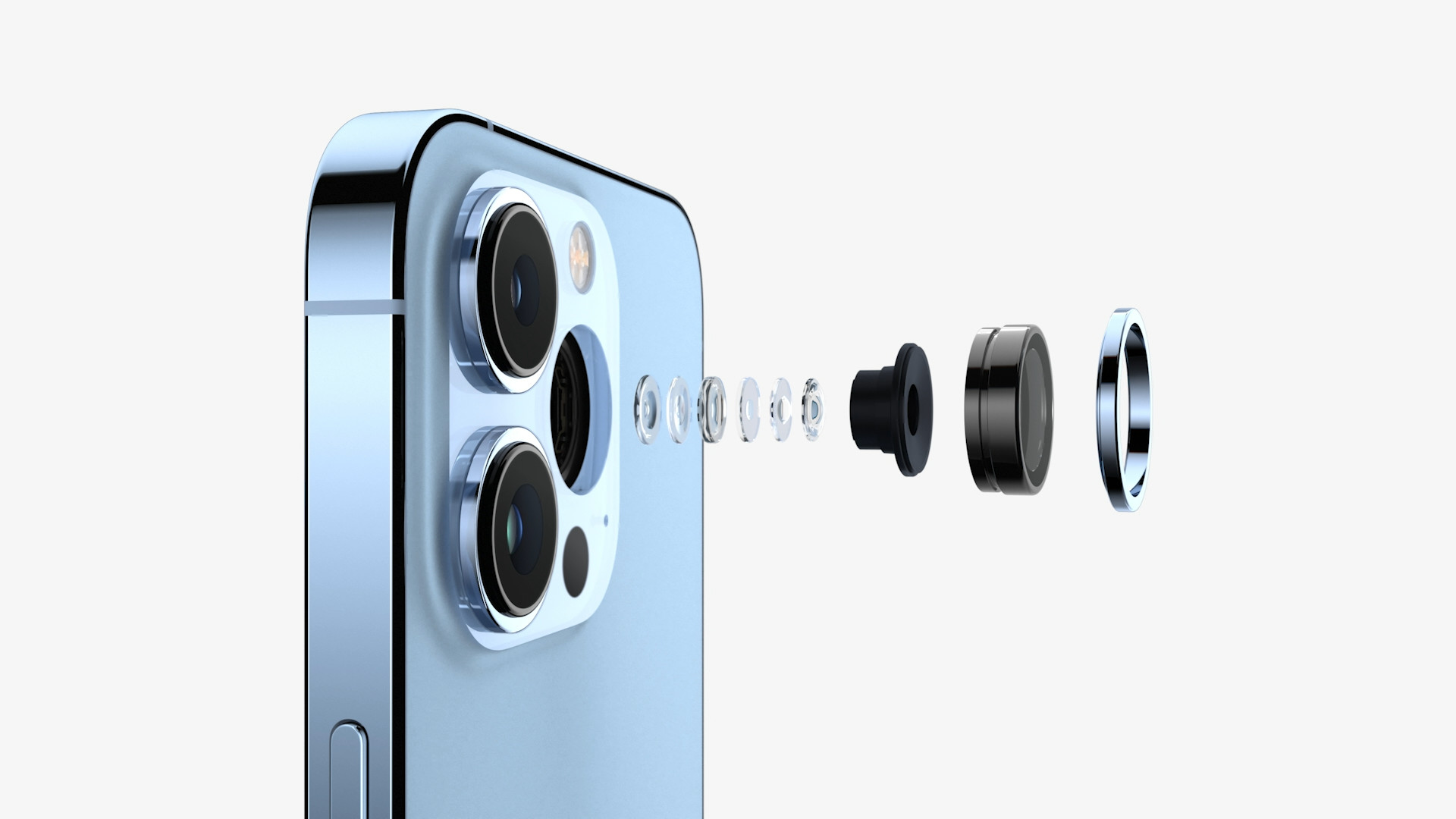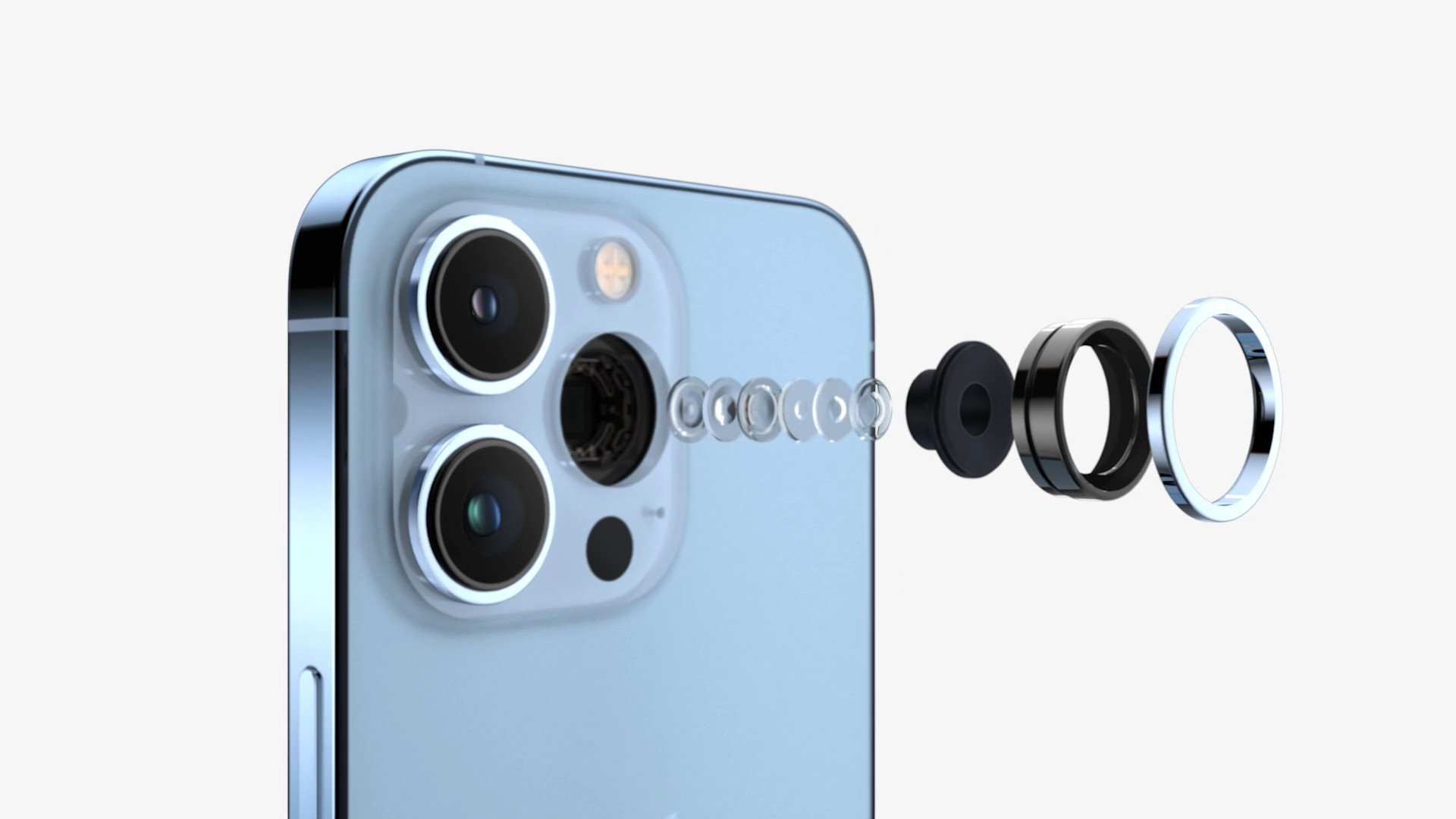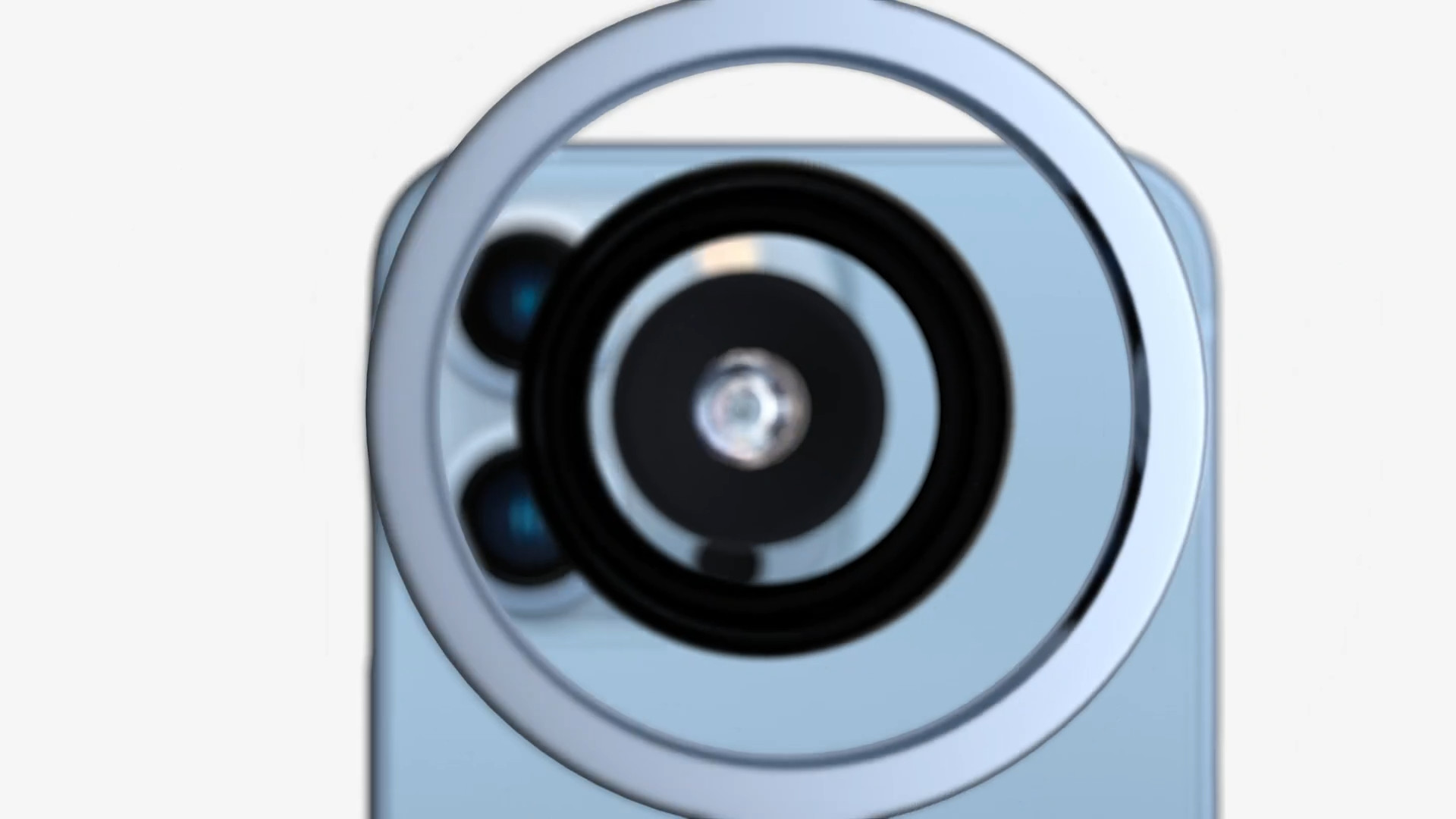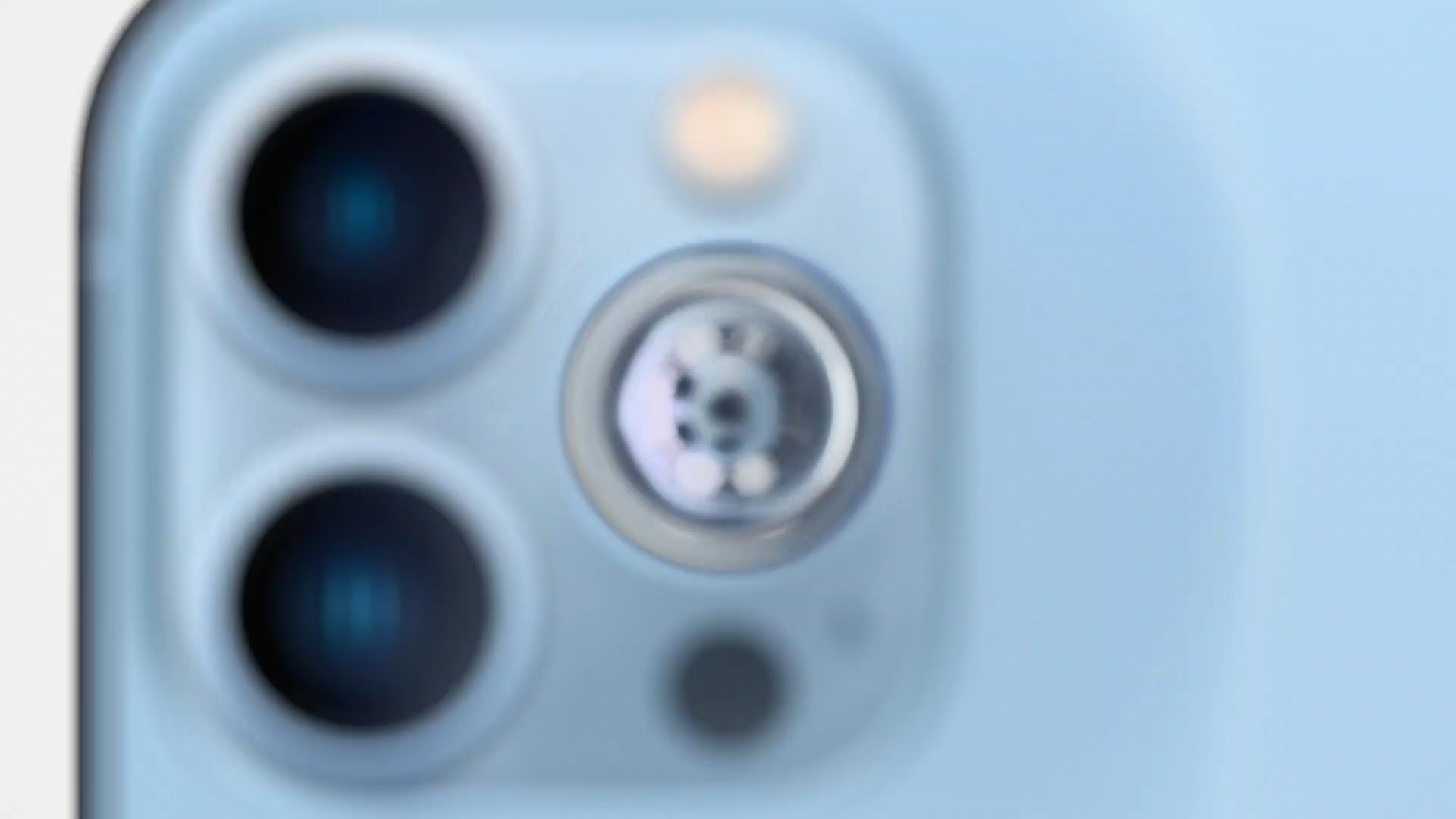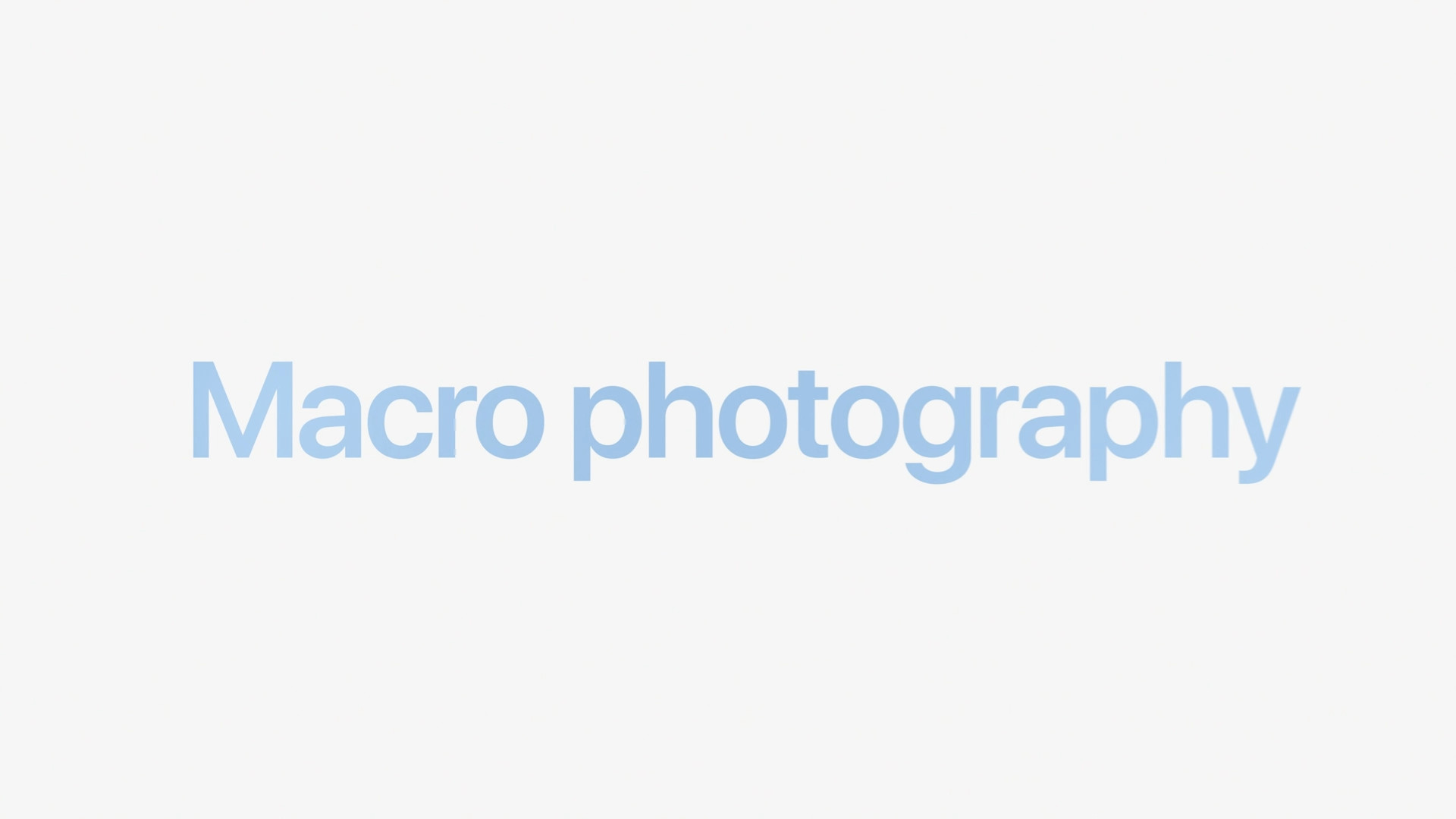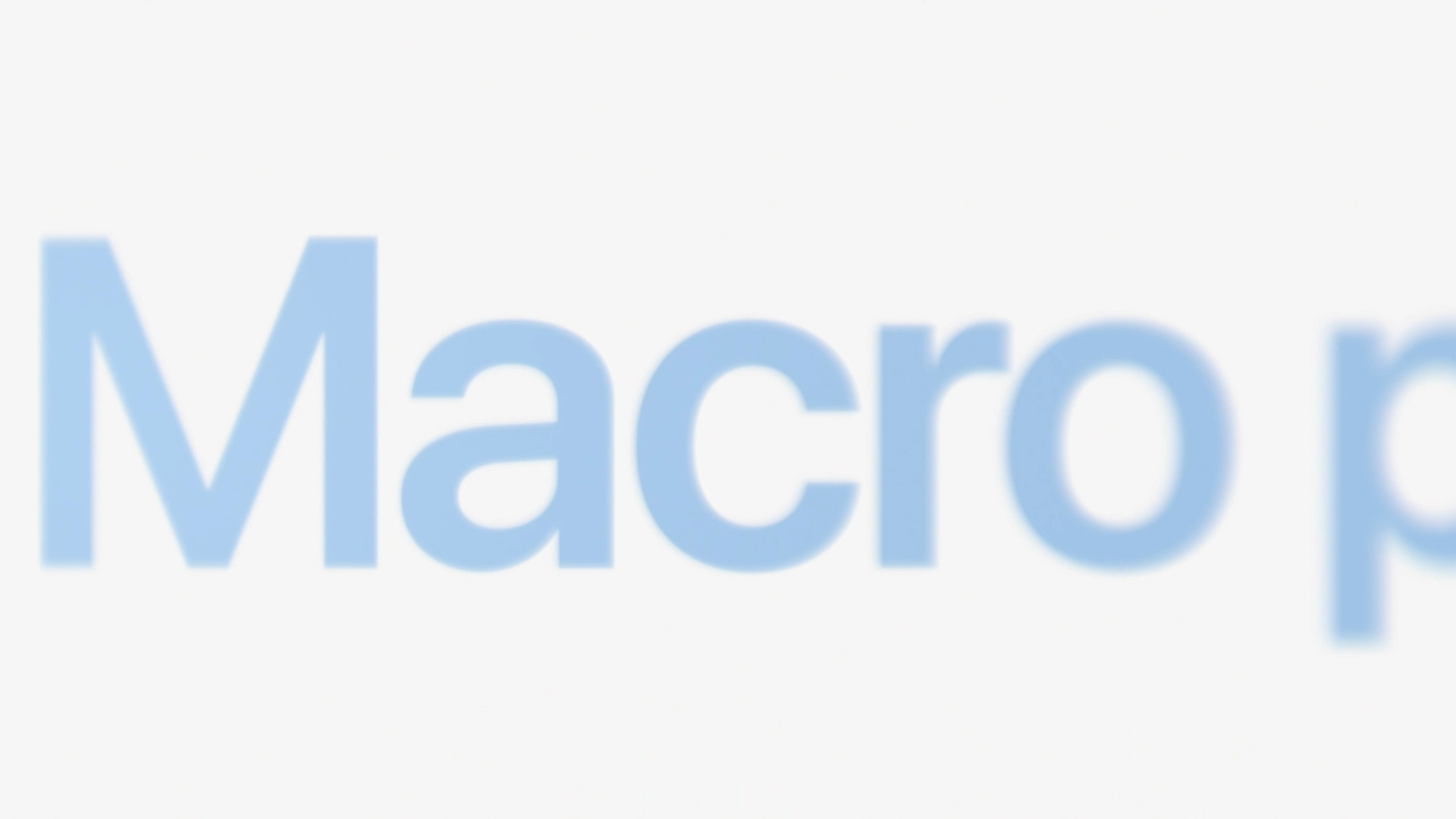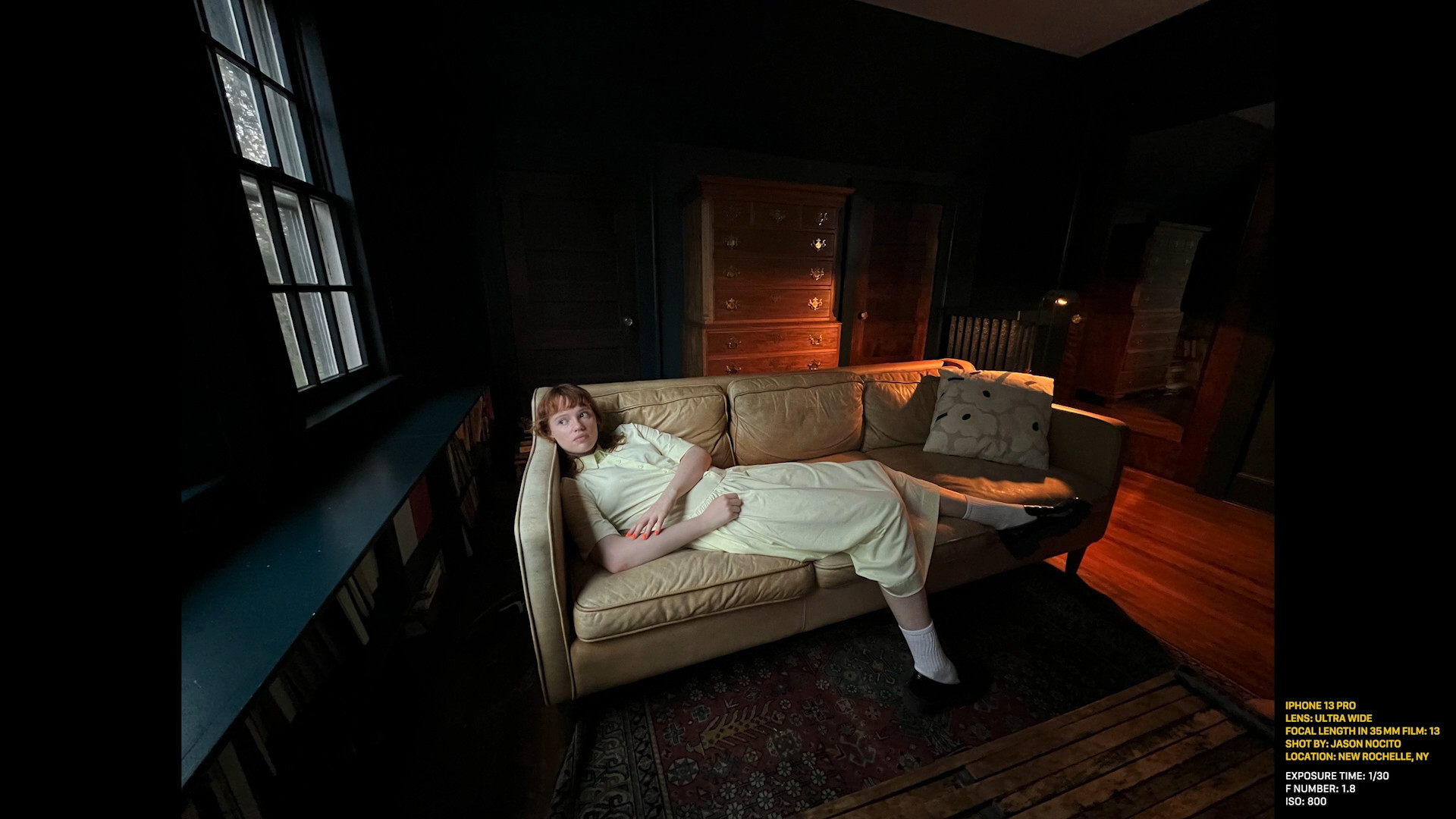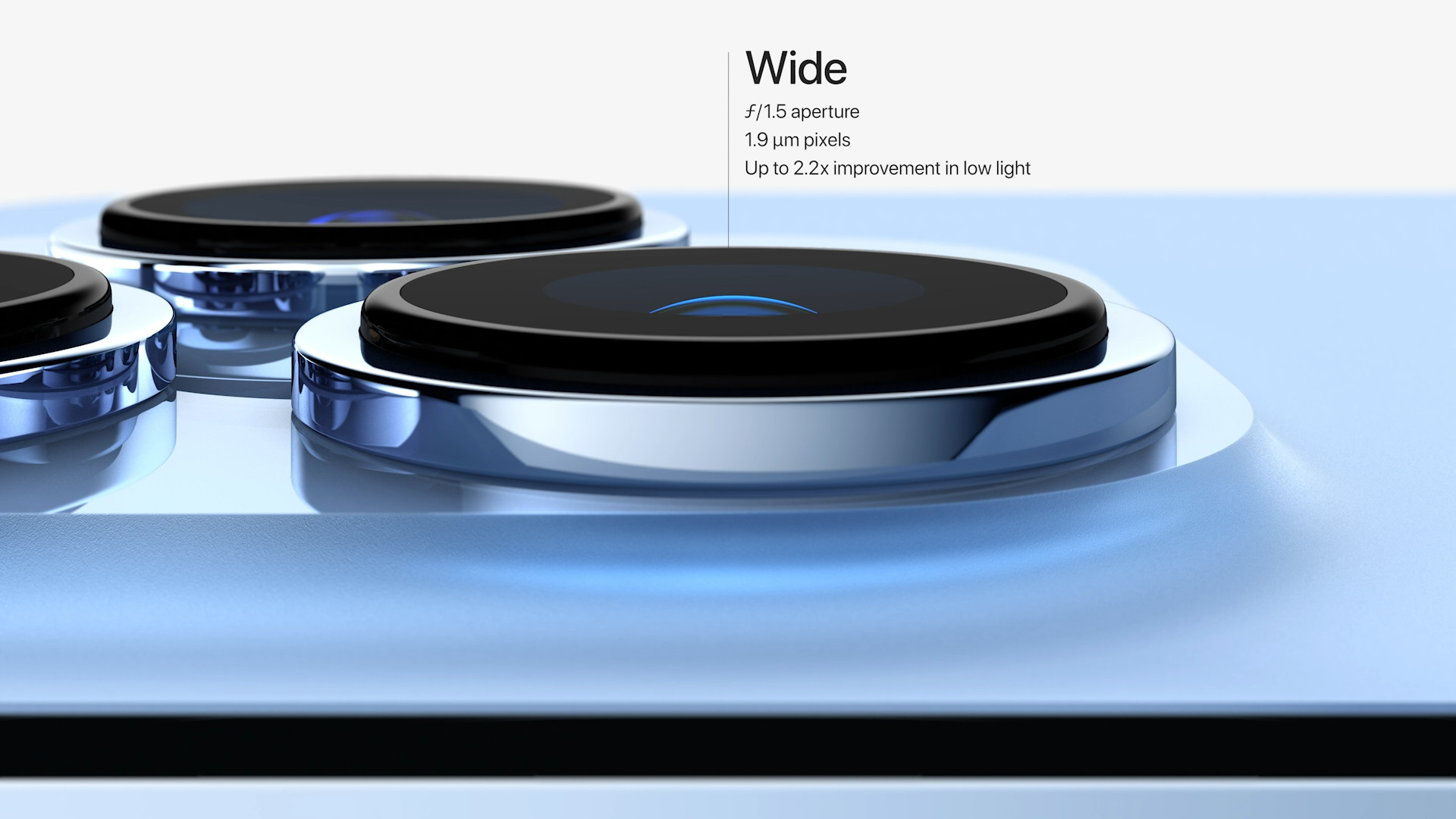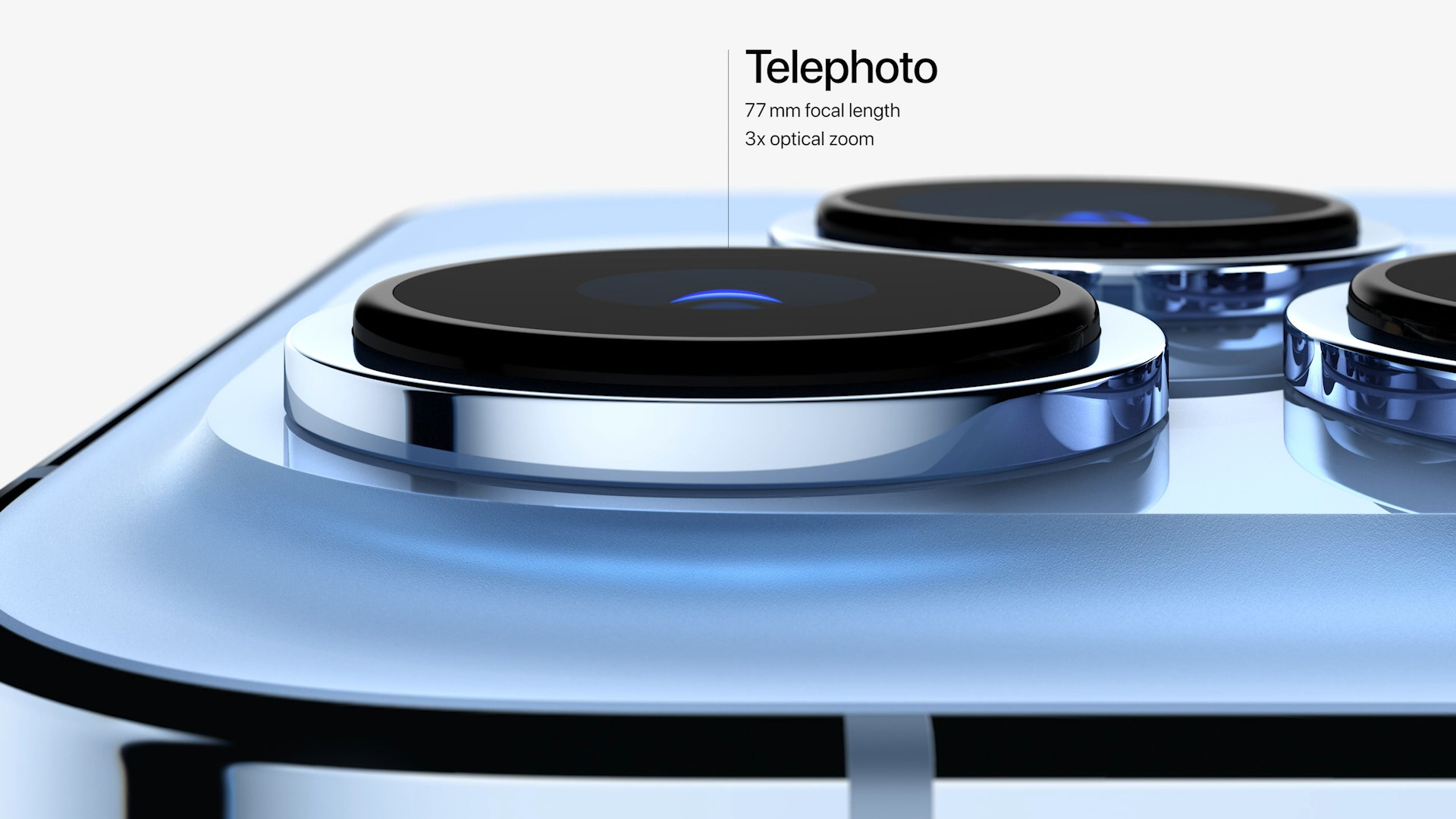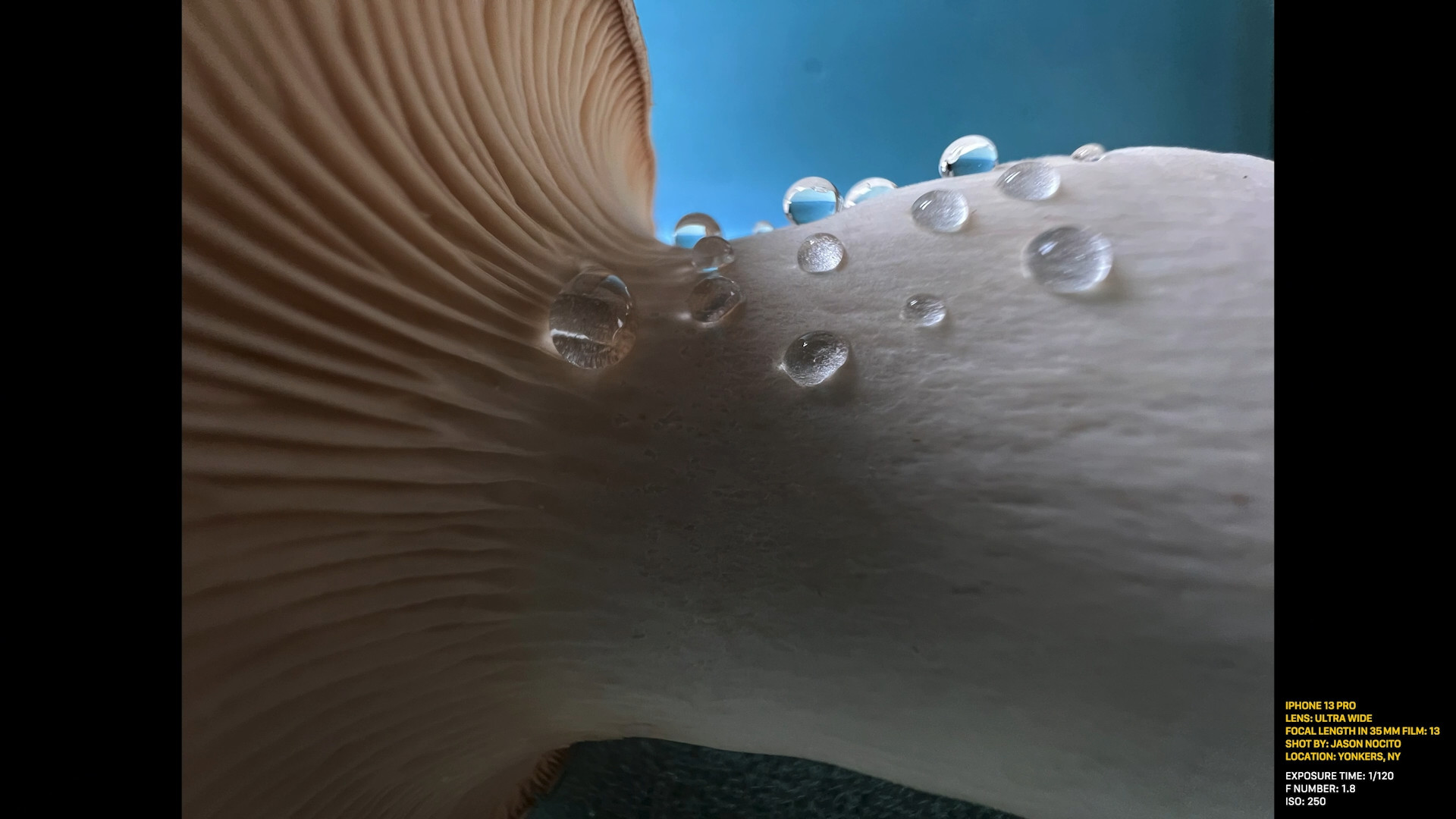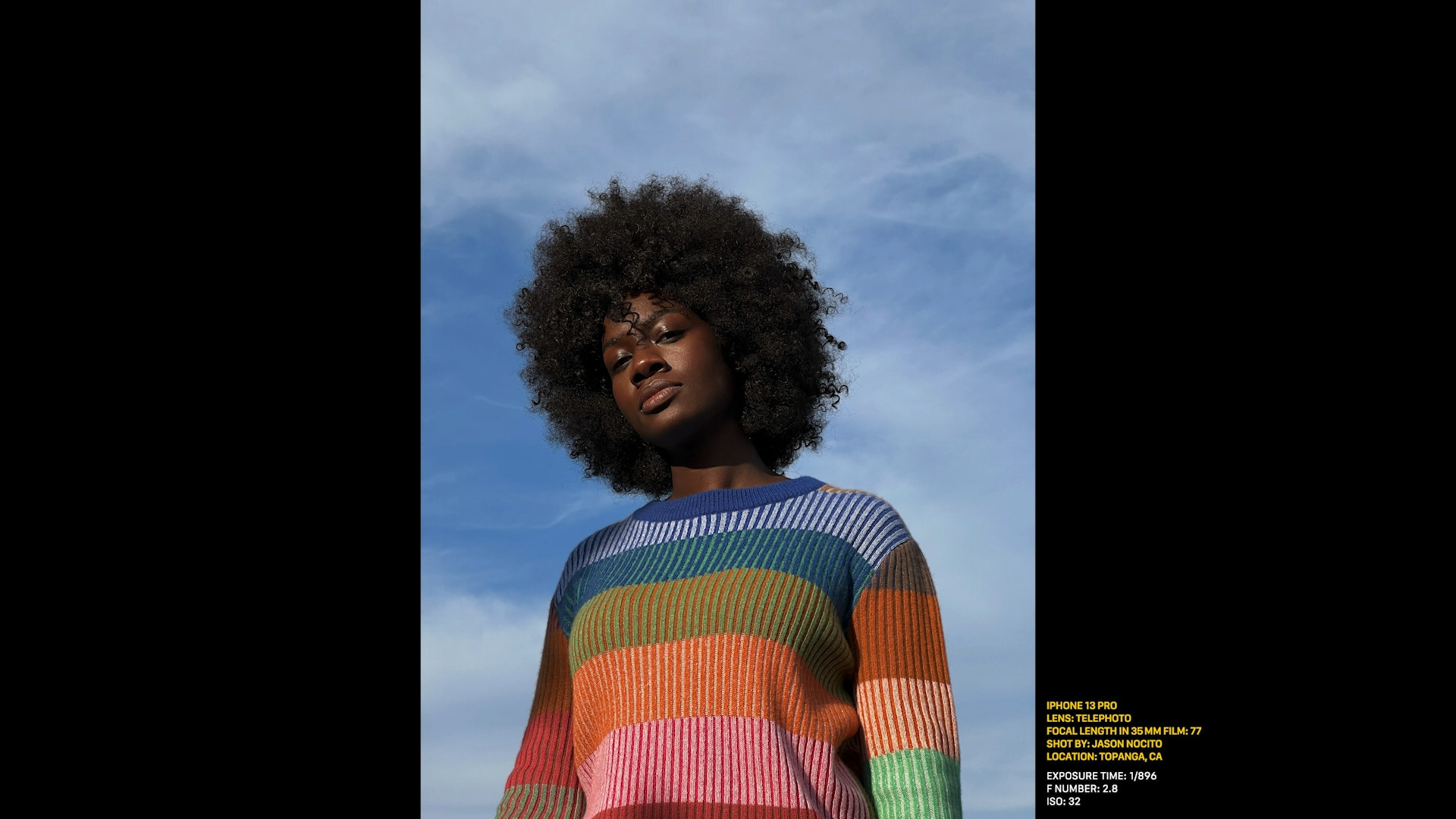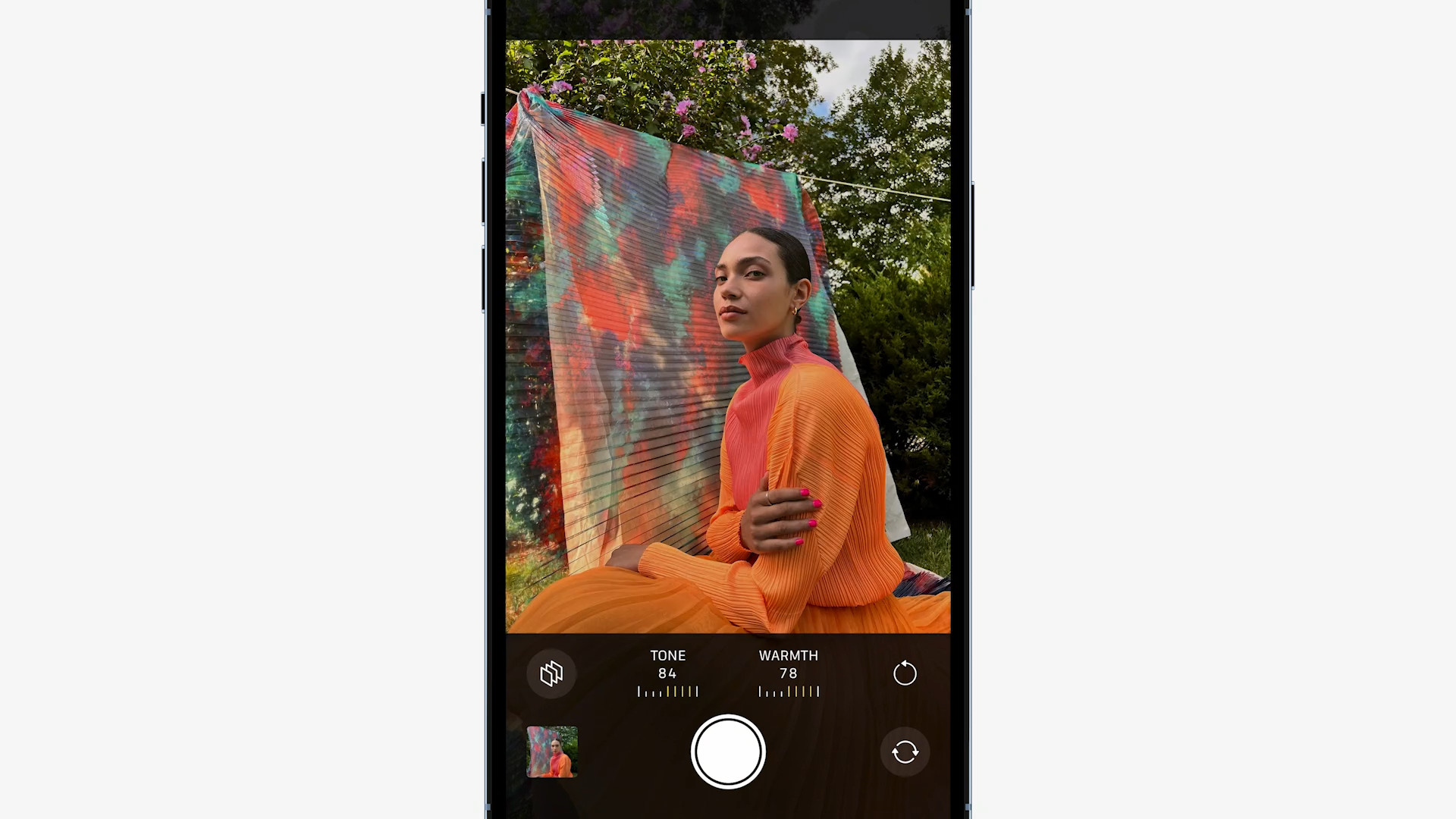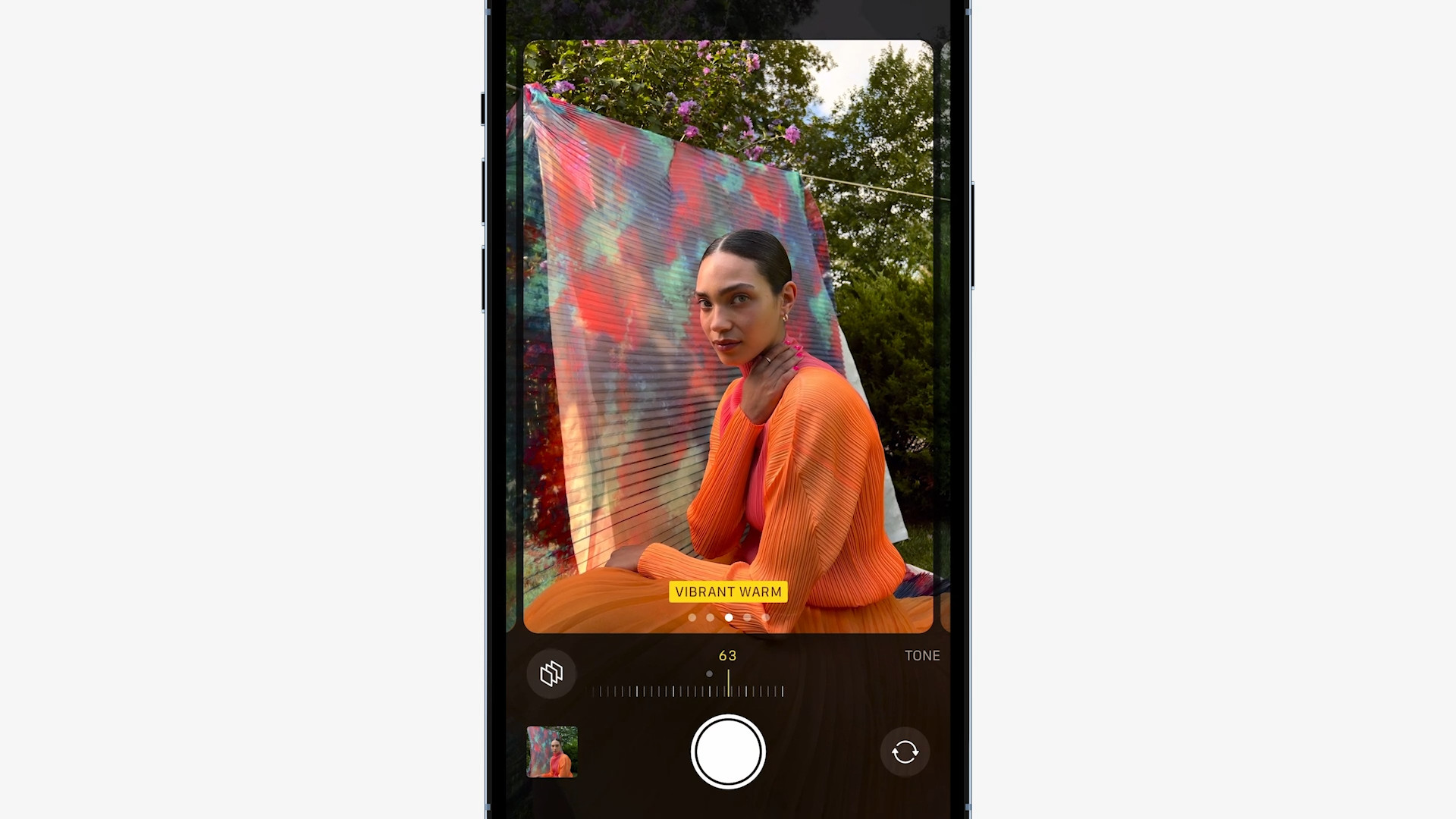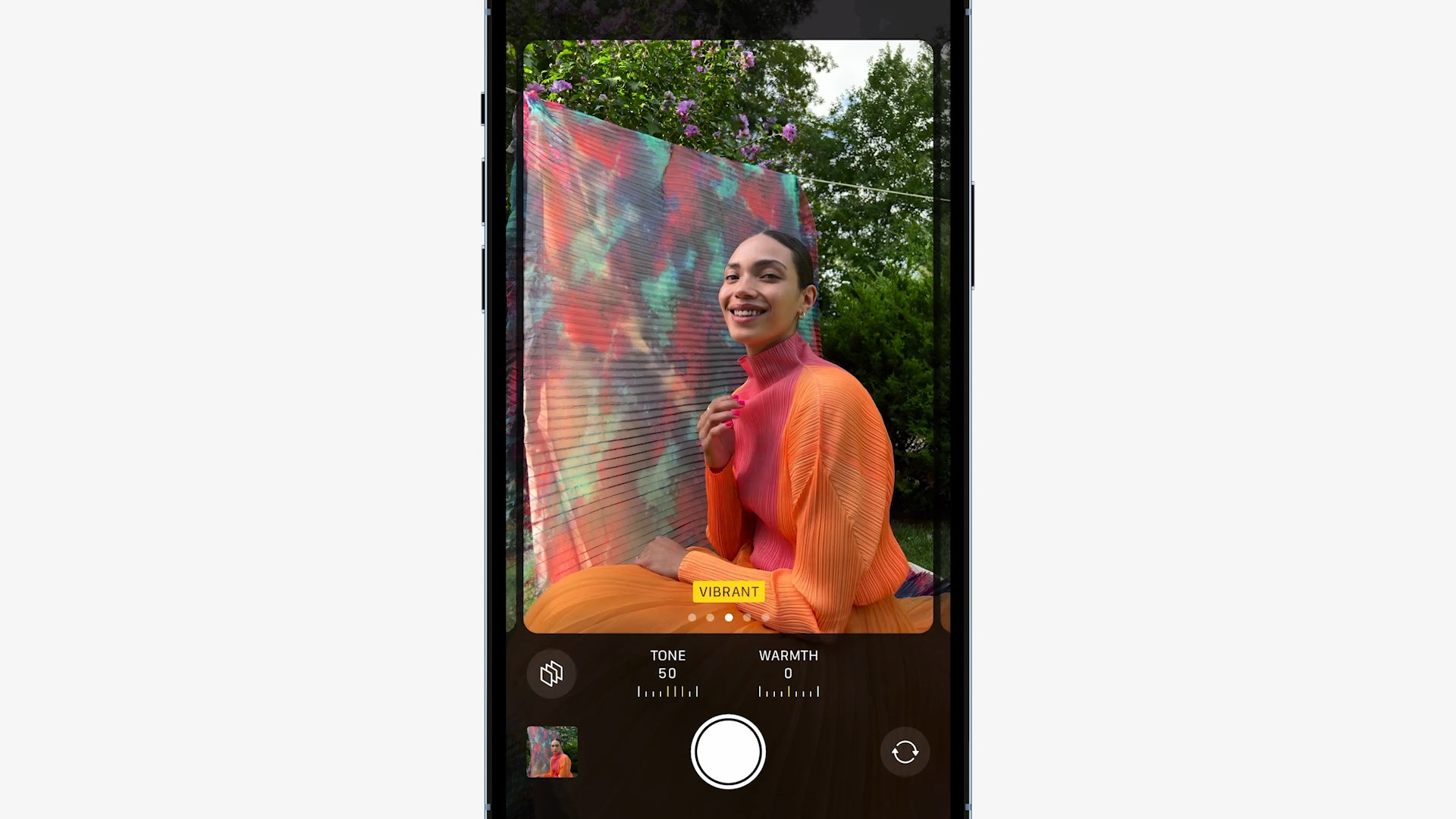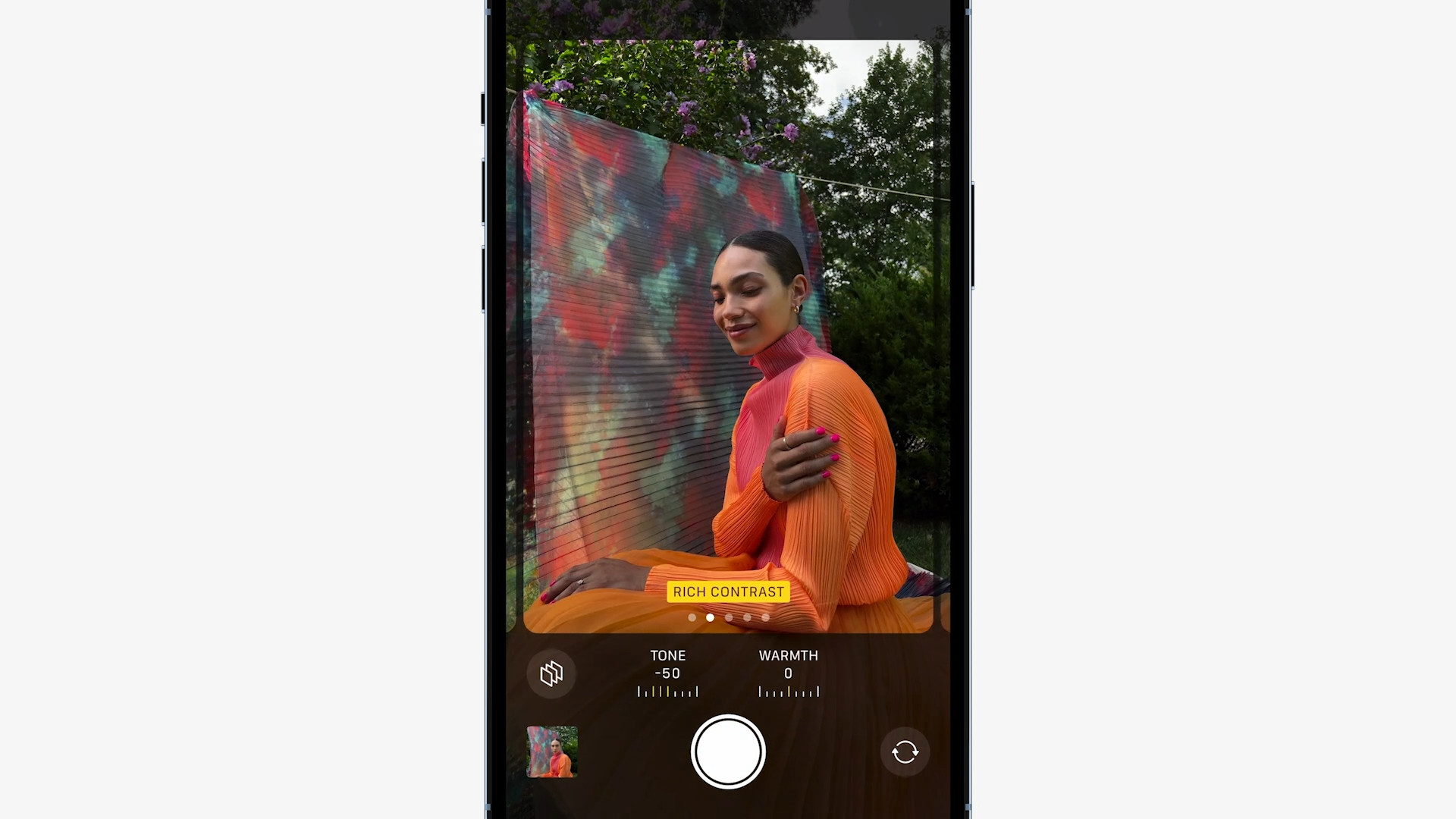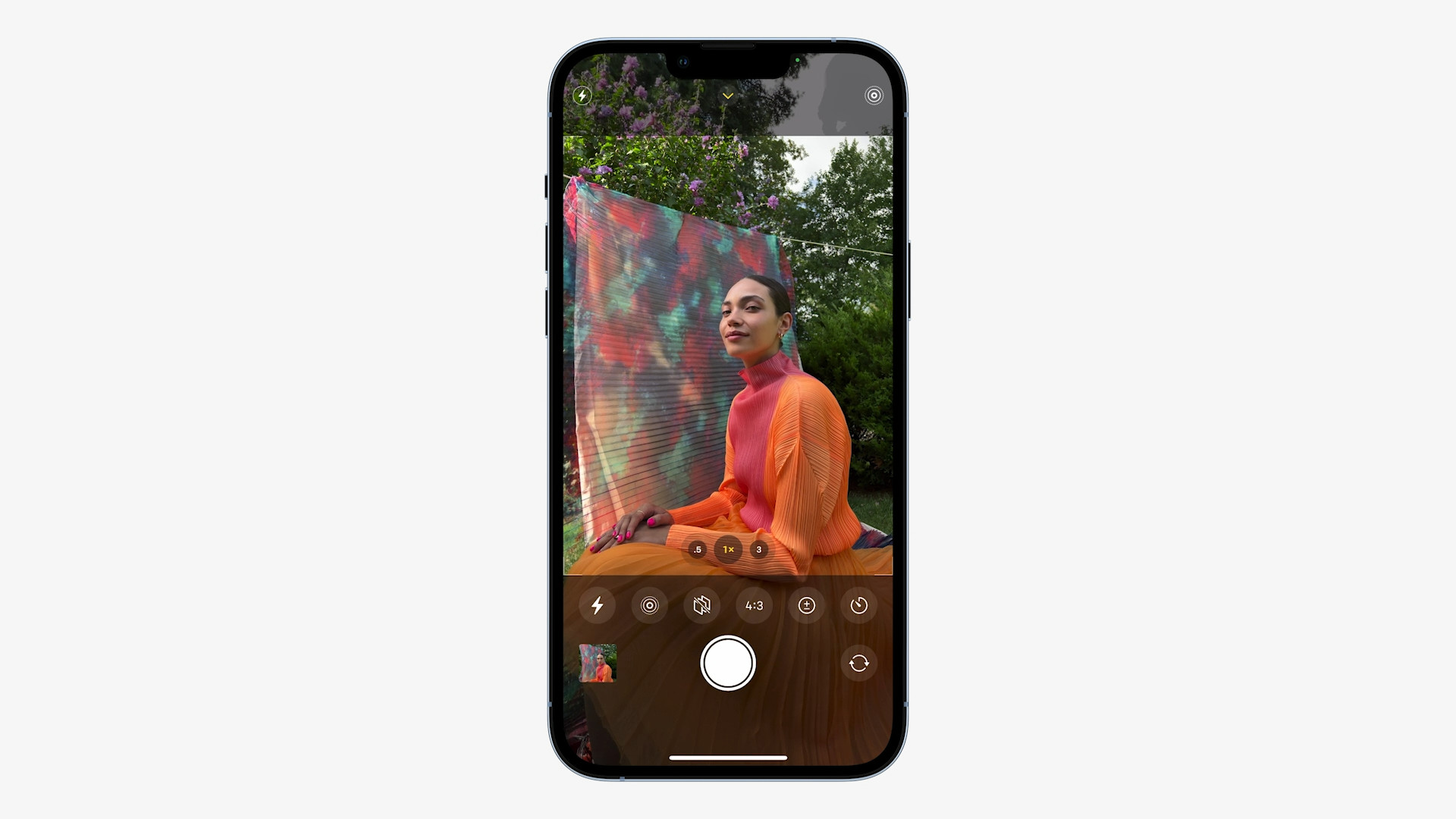A few days ago, at this year's first autumn conference from Apple, we saw the presentation of the brand new iPhones 13 and 13 Pro. In particular, Apple came up with four models, just like last year we saw the iPhone 13 mini, iPhone 13, iPhone 13 Pro and iPhone 13 Pro Max. If you've been waiting for the arrival of these models like mercy, or if you simply like them and are thinking about buying them, you might be interested in a comparison with last generation. Let's take a look together in this article at a complete comparison of the iPhone 13 Pro (Max) vs. iPhone 12 Pro (Max) below you will find a link to the iPhone 13 (mini) vs iPhone 12 (mini) comparison.
It could be interest you
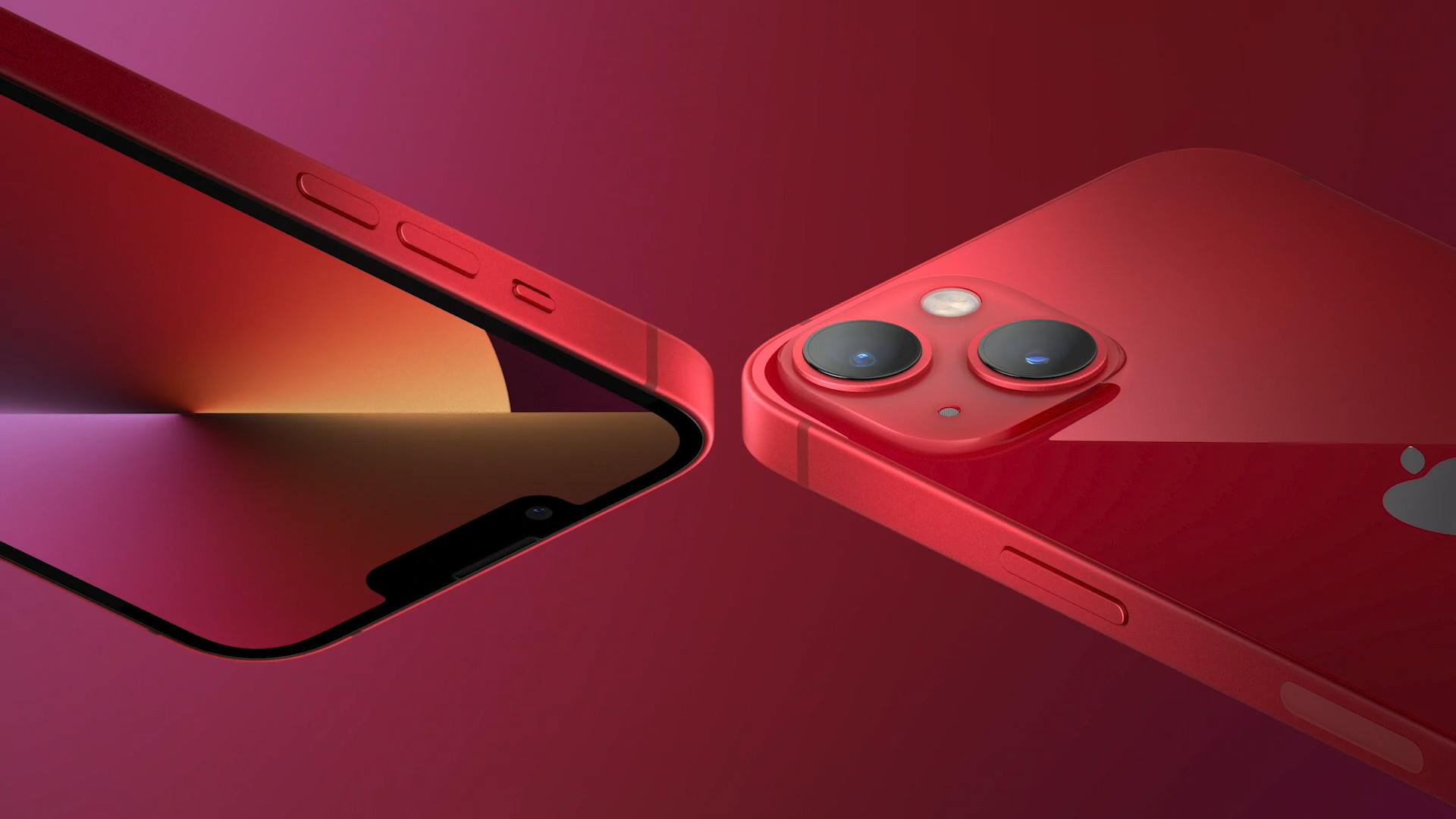
Processor, memory, technology
As is usually the case with our comparison articles, we will start by looking at the core of the main chip. Absolutely all iPhone 13 and 13 Pro models have the brand new A15 Bionic chip. This chip has a total of six cores, two of which are performance and four are economical. In the case of the iPhone 12 and 12 Pro, the A14 Bionic chip is available, which also has six cores, of which two are performance and four are economical. So on paper, the specifications are practically the same, but with the A15 Bionic, of course, it states that it is more powerful - because only the number of cores does not determine the overall performance. With both chips, i.e. both A15 Bionic and A14 Bionic, you get a huge dose of performance that will last you for many years to come. In any case, the differences can be observed in the case of the GPU, which is five-core in the iPhone 13 Pro (Max), while "only" four-core in last year's iPhone 12 Pro (Max). The Neural Engine is sixteen-core in all the compared models, but for the iPhone 13 Pro (Max), Apple mentions the epithet "new" for the Neural Engine.
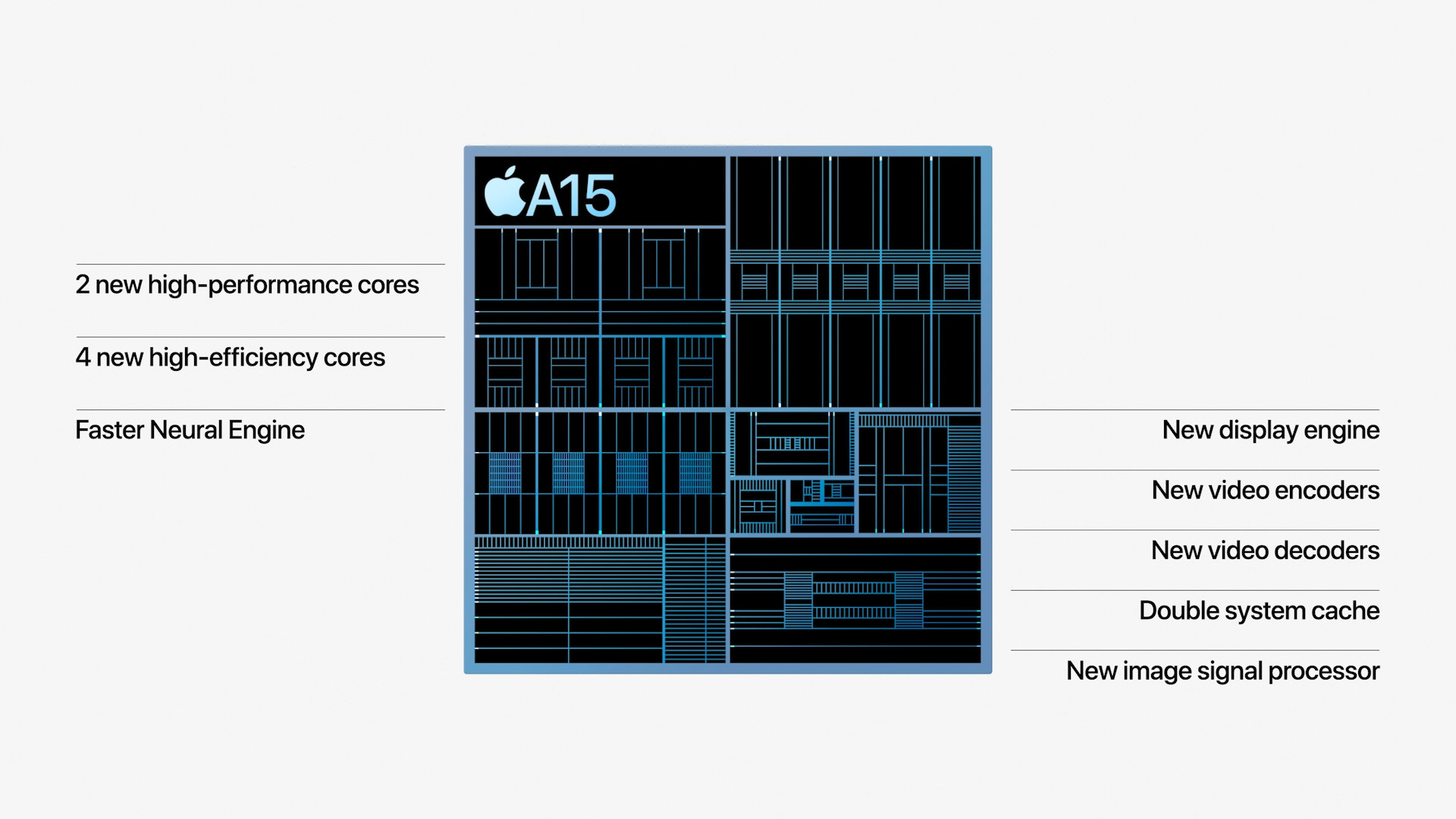
The RAM memory is never mentioned by the apple company when presenting. Each time we have to wait several hours or days for this information to appear. The good news is that we did, and already yesterday - we even informed you about the RAM and battery capacity. We learned that the iPhone 13 Pro (Max) has the same amount of RAM as last year's models, i.e. 6 GB. Just for interest, the classic "thirteens" have the same RAM capacity as the classic "twelves", i.e. 4 GB. All compared models then offer Face ID biometric protection, although it is true that the upper cut-out for this technology is 13% smaller overall for the iPhone 20. At the same time, Face ID is slightly faster on the iPhone 13 - but it could already be considered very fast on last year's models. None of the compared iPhones has a slot for an SD card, but we have seen certain changes in the case of the SIM. The iPhone 13 is the first to support Dual eSIM, which means that you can upload both plans to the eSIM and leave the physical nanoSIM slot empty. The iPhone 12 Pro (Max) is capable of classic Dual SIM, i.e. you insert one SIM card into the nanoSIM slot, then load the other as an eSIM. Of course, all models support 5G, which Apple introduced last year.
This is how Apple introduced the iPhone 13 Pro (Max):
Battery and charging
As we already mentioned above, in addition to the operating memory, Apple does not even mention the battery capacity during the presentation. However, we have already learned this information as well. It was the higher endurance that the supporters of the apple company had been calling for for a long time. While in previous years Apple tried to make their phones as narrow as possible, this year this trend is slowly disappearing. Compared to last year's models, the iPhone 13 is a few tenths of a millimeter thicker, which is a minor change for the user when it comes to holding it. However, thanks to these tenths of a millimeter, Apple was able to install larger batteries - and you can definitely tell. The iPhone 13 Pro offers an 11.97 Wh battery, while the iPhone 12 Pro has a 10.78 Wh battery. The increase in the case of the 13 Pro model is therefore a full 11%. The largest iPhone 13 Pro Max then has a battery with a capacity of 16.75 Wh, which is 18% more than last year's iPhone 12 Pro Max with a battery with a capacity of 14.13 Wh.
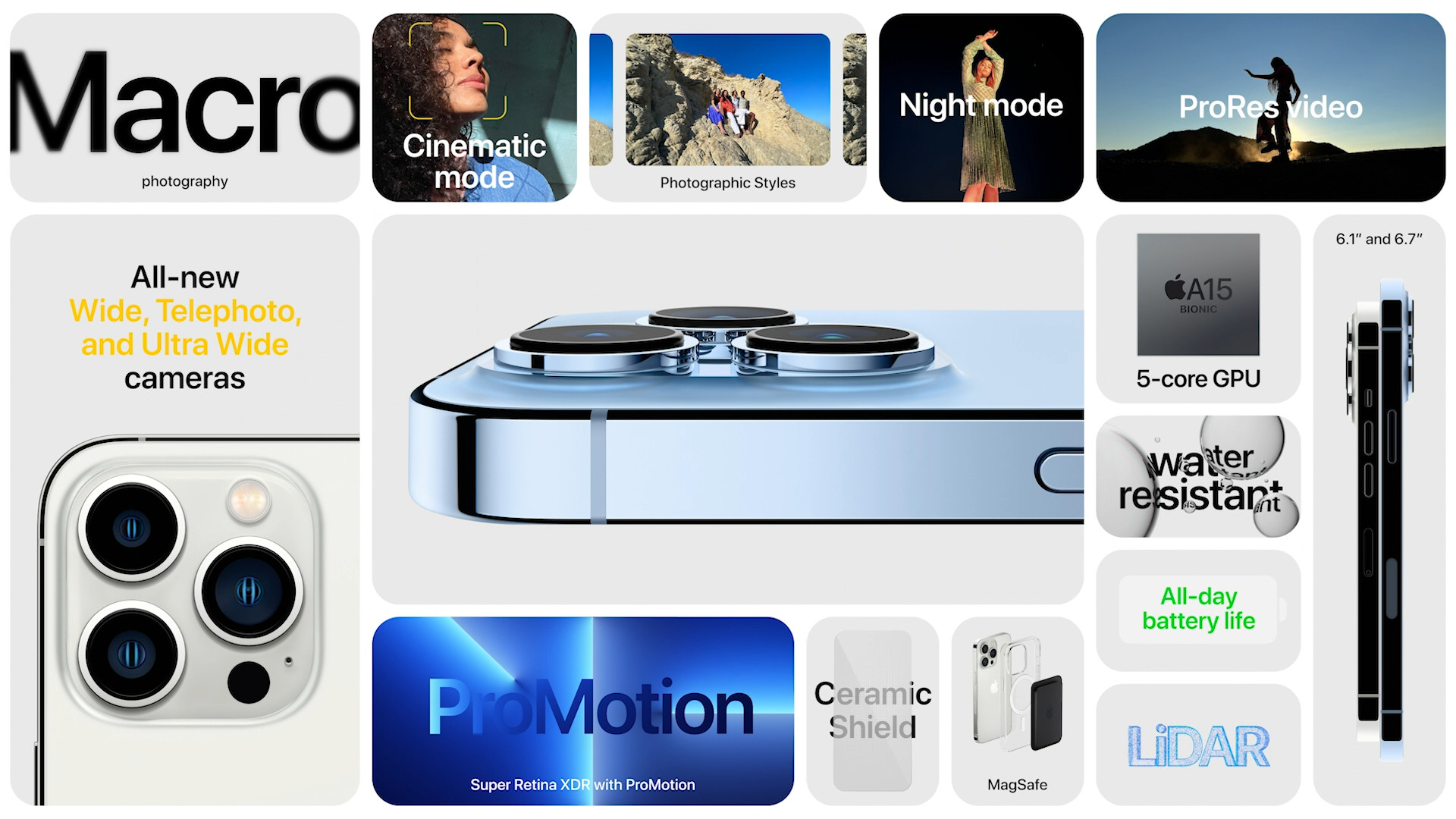
Last year, Apple came up with a big change, that is, as far as the packaging is concerned - specifically, it stopped adding power adapters to it, and that was for the sake of saving the environment. So you won't find it either in the iPhone 13 Pro (Max) or in the iPhone 12 Pro (Max) package. Fortunately, you can still find at least the power cable in it. The maximum power for charging is 20 watts, of course you can use MagSafe for all compared models, which can charge up to 15 watts. With classic Qi charging, all iPhones 13 and 12 can be charged with a maximum power of 7,5 watts. We can forget about reverse wireless charging.
Design and display
As for the material used for the construction, both the iPhone 13 Pro (Max) and the iPhone 12 Pro (Max) are made of stainless steel. The display on the front is protected by a special Ceramic Shield protective glass, which uses ceramic crystals that are applied during production at high temperatures. This makes the windshield much more durable. On the back of the compared models, there is ordinary glass, which is specially modified so that it is matte. On the left side of all mentioned models you will find the volume control buttons and the silent mode switch, on the right side then the power button. Underneath there are holes for the speakers and between them the Lightning connector, unfortunately. It is already really outdated, especially in terms of speed. So let's hope we see USB-C next year. It was supposed to come already this year, but it only found its way into the iPad mini, which I honestly don't understand at all. Apple should have come up with USB-C a long time ago, so we have to wait again. On the back, there are photo modules, which are significantly larger in the iPhone 13 Pro (Max) compared to last year's Pro models. The water resistance of all models is determined by IP68 certification (up to 30 minutes at a depth of up to 6 meters), according to the IEC 60529 standard.

Even in the case of displays, we will not notice practically any changes, that is, except for a few small things. All compared models have an OLED display labeled Super Retina XDR. The iPhone 13 Pro and 12 Pro boast a 6.1″ display with a resolution of 2532 x 1170 pixels with a resolution of 460 pixels per inch. The larger iPhone 13 Pro Max and 12 Pro Max offer a display with a 6.7" diagonal and a resolution of 2778 x 1284 pixels with a resolution of 458 pixels per inch. The displays of all the mentioned models support, for example, HDR, True Tone, a wide color range of P3, Haptic Touch and much more, the contrast ratio is 2:000. ranging from 000 Hz to 1 Hz. The typical brightness for the 13 Pro (Max) models has increased to 10 nits from last year's 120 nits, and the brightness when viewing HDR content is up to 13 nits for both generations.
Camera
So far, we have not noticed any extra significant improvements or deterioration in the compared models. But the good news is that in the case of the camera, we will finally see some changes. Right from the start, let's take a look at the iPhone 13 Pro and iPhone 12 Pro, where the differences compared to the Pro Max versions are slightly smaller. Both of these mentioned models offer a professional 12 Mpx photo system with a wide-angle lens, an ultra-wide-angle lens and a telephoto lens. The aperture numbers on the iPhone 13 Pro are f/1.5, f/1.8 and f/2.8, while the aperture numbers on the iPhone 12 Pro are f/1.6, f/2.4 and f/2.0. The iPhone 13 Pro then offers an improved telephoto lens, thanks to which it is possible to use up to 3x optical zoom, instead of 2x with last year's Pro model. In addition, the iPhone 13 Pro can use photographic styles and optical stabilization with sensor shift - this technology was available only in the iPhone 12 Pro Max last year. So we gradually got to the Pro Max models. As for the iPhone 13 Pro Max photo system, it is exactly the same as the one offered by the iPhone 13 Pro – so we are talking about a professional 12 Mpx photo system with a wide-angle lens, an ultra-wide-angle lens and a telephoto lens, with f/1.5 aperture numbers. f/1.8 and f/2.8. Last year, however, the cameras on the Pro and Pro Max were not the same. The iPhone 12 Pro Max thus offers a professional 12 Mpx photo system with a wide-angle lens, an ultra-wide-angle lens and a telephoto lens, but the aperture numbers in this case are f/1.6, f/2.4 and f/2.2. Both the iPhone 13 Pro Max and the iPhone 12 Pro Max offer optical sensor-shift image stabilization. The 13 Pro Max continues to boast, like the 13 Pro, 3x optical zoom, while the 12 Pro Max "only" has 2.5x optical zoom.

All of the aforementioned photo systems have support for portrait mode, Deep Fusion, True Tone flash, the option to shoot in Apple ProRAW format, or night mode. The change can be found in Smart HDR, as the iPhone 13 Pro (Max) supports Smart HDR 4, while last year's Pro models have Smart HDR 3. The maximum video quality for all compared HDR models is Dolby Vision in 4K resolution at 60 FPS. However, the iPhone 13 Pro (Max) now offers a film mode with a small depth of field - in this mode, it is possible to record up to 1080p resolution at 30 FPS. In addition, the iPhone 13 Pro (Max) will also receive Apple ProRes video recording support up to 15K at 4 FPS as part of the iOS 30 update (only 128p at 1080 FPS for models with 30 GB of storage). We can mention support for audio zoom, QuickTake, slow-motion video in 1080p resolution at up to 240 FPS, time-lapse and more for all the compared models.
iPhone 13 Pro (Max) camera:
Front camera
If we look at the front camera, we will find that not much has changed. It is still a TrueDepth camera with Face ID biometric protection support, which is still the only one of its kind for now. The front camera of the iPhone 13 Pro (Max) and 12 Pro (Max) has a resolution of 12 Mpx and an aperture number of f/2.2. However, in the case of the iPhone 13 Pro (Max), it supports Smart HDR 4, while last year's Pro models "only" Smart HDR 3. In addition, the front camera of the iPhone 13 Pro (Max) handles the aforementioned new film mode with a shallow depth of field, namely in the same resolution, i.e. 1080p at 30 FPS. Classic video can then be shot in HDR Dolby Vision format, up to 4K resolution at 60 FPS. There is also support for portrait mode, slow motion video up to 1080p at 120 FPS, night mode, Deep Fusion, QuickTake and others.
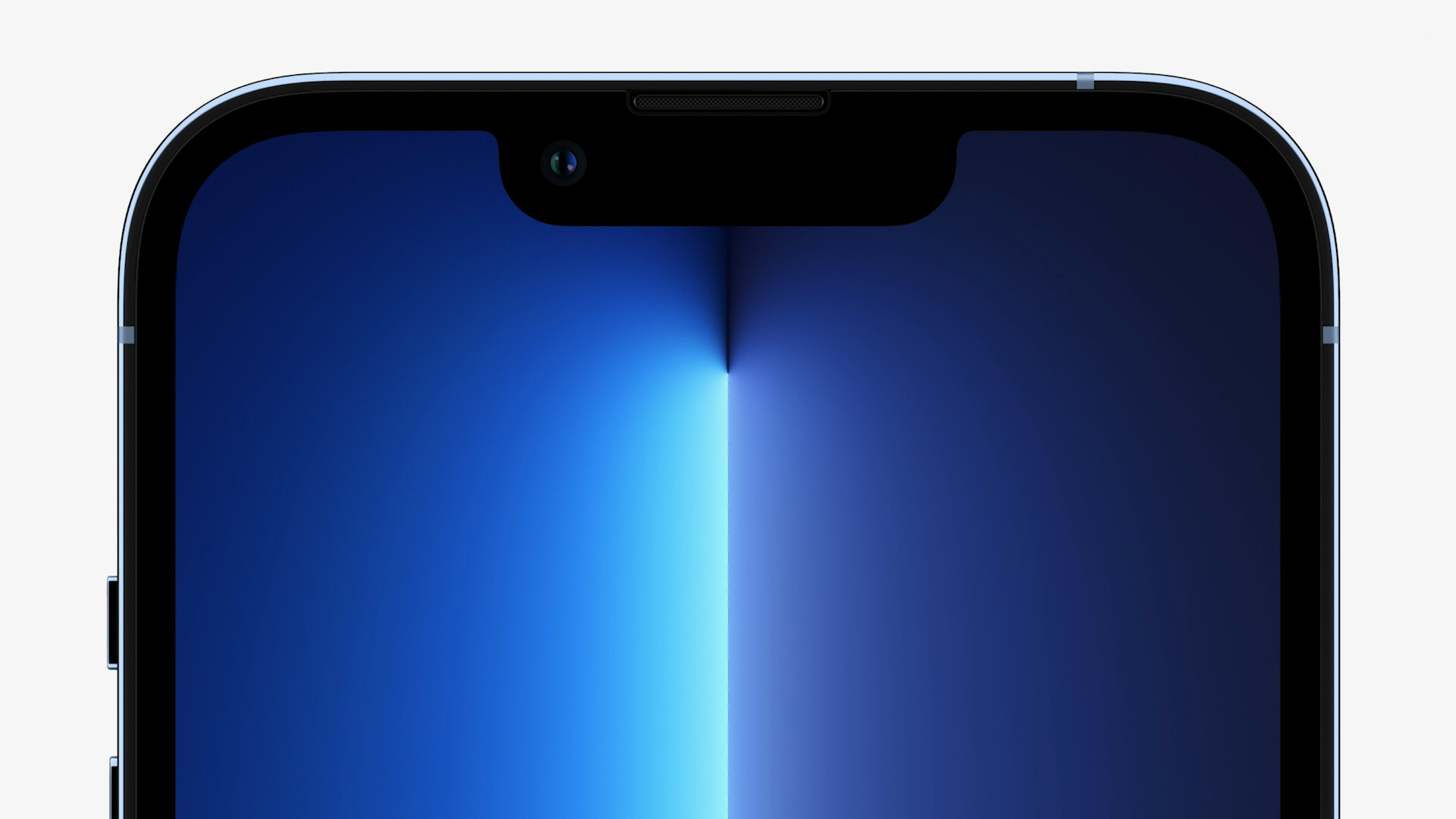
Colors and storage
Whether you like iPhone 13 Pro (Max) or iPhone 12 Pro (Max), after choosing a specific model, you still have to choose the color and storage capacity. In the case of the iPhone 13 Pro (Max), you can choose from silver, graphite gray, gold and mountain blue colors. The iPhone 12 Pro (Max) is then available in Pacific Blue, Gold, Graphite Gray and Silver. In terms of storage capacity, the iPhone 13 Pro (Max) has a total of four variants available, namely 128 GB, 256 GB, 512 GB and the top 1 TB variant. You can get iPhone 12 Pro (Max) in 128 GB, 256 GB and 512 GB variants.
- Newly introduced Apple products will be available for purchase at, for example Alge, Mobile Emergency or u iStores
| iPhone 13 Pro | iPhone 12 Pro | iPhone 13 Pro Max | iPhone 12 Pro Max | |
| Processor type and cores | Apple A15 Bionic, 6 cores | Apple A14 Bionic, 6 cores | Apple A15 Bionic, 6 cores | Apple A14 Bionic, 6 cores |
| 5G | year | year | year | year |
| RAM | 6 GB | 6 GB | 6 GB | 6 GB |
| Maximum performance for wireless charging | 15 W - MagSafe, Qi 7,5 W | 15 W - MagSafe, Qi 7,5 W | 15 W - MagSafe, Qi 7,5 W | 15 W - MagSafe, Qi 7,5 W |
| Tempered glass - front | ceramic shield | ceramic shield | ceramic shield | ceramic shield |
| Display technology | OLED, Super Retina XDR | OLED, Super Retina XDR | OLED, Super Retina XDR | OLED, Super Retina XDR |
| Display resolution and finesse | 2532 x 1170 pixels, 460 PPI | 2532 x 1170 pixels, 460 PPI |
2778 x 1284, 458 PPI
|
2778 x 1284, 458 PPI |
| Number and type of lenses | 3; wide-angle, ultra-wide-angle and telephoto | 3; wide-angle, ultra-wide-angle and telephoto | 3; wide-angle, ultra-wide-angle and telephoto | 3; wide-angle, ultra-wide-angle and telephoto |
| Aperture numbers of lenses | f/1.5, f/1.8 f/2.8 | f/1.6, f/2.4 f/2.0 | f/1.5, f/1.8 f/2.8 | f/1.6, f/2.4 f/2.2 |
| Lens resolution | All 12 Mpx | All 12 Mpx | All 12 Mpx | All 12 Mpx |
| Maximum video quality | HDR Dolby Vision 4K 60 FPS | HDR Dolby Vision 4K 60 FPS | HDR Dolby Vision 4K 60 FPS | HDR Dolby Vision 4K 60 FPS |
| Film mode | year | ne | year | ne |
| ProRes video | year | ne | year | ne |
| Front camera | 12 MPx | 12 MPx | 12 MPx | 12 MPx |
| Internal storage | 128GB, 256GB, 512GB, 1TB | 128 GB, 256 GB, 512 GB | 128GB, 256GB, 512GB, 1TB | 128 GB, 256 GB, 512 GB |
| Color | mountain blue, gold, graphite gray and silver | pacific blue, gold, graphite gray and silver | mountain blue, gold, graphite gray and silver | pacific blue, gold, graphite gray and silver |
